CBS and the University of Sydney Business School want teachers to write on walls and play with Lego

‘Business Studio Teaching and Learning’ is the first collaboration between CBS and the University of Sydney Business School where business teachers learn to bring the outside world into the classroom. For instance, by asking students to go out and interview homeless people and actually live with them, before bringing their notes back into the studio. More cross-university collaborations are coming.
‘Business Studio Teaching and Learning’ is a new online introductory course for business teachers interested in learning how to use the Business Studio in their teaching. And it’s quite a different way of teaching according to the course founder at CBS Thyra Uth Thomsen, Professor at the Department of Marketing, and Jakob Ravn, Director of Teaching and Learning at CBS.
CBS and the University of Sydney Business School developed this course, and the foundation of this partnership is the benefit of sharing knowledge and means. The whole idea of it is to support creativity and entrepreneurial mindsets at the business schools.
“We focus on three dimensions in the course. Firstly ‘the set design’, which is about the interior of the Business Studio. You can move the furniture around and write on walls, and there are different kinds of materials such as pens, post-its and Lego. Secondly, this environment allows you to configure different social interactions as opposed to a lecture theater, and this is what we call ‘the social design’. Thirdly, ‘the epistemic design’ is about how to orchestrate the teaching within these frames,” Thyra Uth Thomsen explains.
Bringing the outside world in
This new creative way of teaching business may seem a bit abstract, and to some it may even be difficult to see the actual advantages of the course. But according to Thyra Uth Thomsen, there are several benefits in signing up for the course.

“In the Business Studio environment, you can bring the outside world into the classroom. For instance, one lecturer tells students to go out and interview homeless people, and actually live with them if they want to, and then bring that back into the studio. So that’s one of several advantages of the course, which is pretty difficult to carry out in a traditional lecture theater,” she says and continues:
“Another advantage is that the knowledge is embodied in this teaching concept. Instead of letting the students receive a lot of information passively, students have to go through the learning processes and do the questioning themselves. And our lecturers say that the knowledge sticks better this way.”
Besides knowledge sticking, how else do students benefit from teachers who have taken this course?
“This course is targeted at teachers who have no prior knowledge of the Business Studio, as well as teachers who have some understanding and maybe some experience, but want to be inspired by other things. So I’d say that students can expect their Business Studio teachers to become better and broader, while students who have teachers that have taken the course for the first time can expect to have a couple of sessions in a Business Studio, and explore their specific topic in a different way,” Thyra Uth Thomsen says.
Inspired by design schools
Like most ideas and concepts, the idea of Business Studio teaching doesn’t originate from the world of business schools itself, but from a very different field of educational institutions.
“The concept actually stems from design schools, and the traditional way of teaching and educating designers and architects. They have inspired business schools to use it and put it into the business teaching curriculum,” Jakob Ravn explains and continues:
“And it seems as though it works very well in a business teaching environment because just like design schools, we want our students to have an entrepreneurial mindset as well.”

Future plans in cross-university faculty development
‘Business Studio Teaching and Learning’ is a relatively new course, and at the moment there’s only an introductory course available. But there are lots of plans and ideas in the pipeline for cross-university collaboration in the future.
“Right now we are developing two new faculty development courses: ‘Teaching for blended learning’ and ‘Teaching for active learning’, which will be developed this year,” says Thyra Uth Thomsen.
“I also hope that we can invite more consortium partners. Right now we are only CBS and the University of Sydney Business School. But I think we can benefit from inviting other partners who can bring specific competencies, traditions and experiences. Furthermore, I hope that we can benefit from pooling resources to develop these courses. I also think that some of our material is of such high quality, that we can eventually sell it to others outside our consortium who also want to have access to courses like these,” says Jakob Ravn.
He explains that the idea behind the collaboration between CBS and the University of Sydney Business School is to share resources and competences.
“I think we need to share our resources and knowledge to create high-quality staff development courses. Not only in this course, but in many different areas. I think it’s important to ask ourselves where we can find the competencies and resources that we’re lacking, and team up with those who have them in order for us to succeed in academic development,” says Jakob Ravn.
But why have you teamed up with the University of Sydney Business School?
“The University of Sydney Business School is a highly ranked, globally minded business school with which CBS shares a lot of our pedagogical ideals, ambitions and challenges. We therefore find UoS Business School a really good match when it comes to shared teacher training,” Jakob Ravn.
The Business Studio creates new learning paths
In the Museum of Prints and Drawings in Berlin hangs a painting entitled Liber ethicorum des Henricus de Alemannia. It depicts a lecture theater at the University of Bologna in Italy in the mid-fourteenth century, where a lecturer reads a text from the lectern while students sit on benches in rows. Although the painting was done about eight centuries ago, this way of teaching is still a significant integrated part of the university practice.

When this traditional way of teaching at universities has been around for so long, it could indicate that it works pretty well. But, according to Jakob Ravn, that’s not entirely true.
“There’s nothing wrong with the traditional way of teaching in itself. It can be efficient for some kinds of knowledge transmission, and especially for large cohorts of students. But it’s not the only way of doing things, and not all learning outcomes can be achieved through traditional ways of teaching,” he says and continues.
“Application of theories, for example, can be quite difficult to learn in a passive way, and students are typically more or less passive in traditional lectures. But in a Business Studio students can try out things and be more active, and this creates new learning paths.”









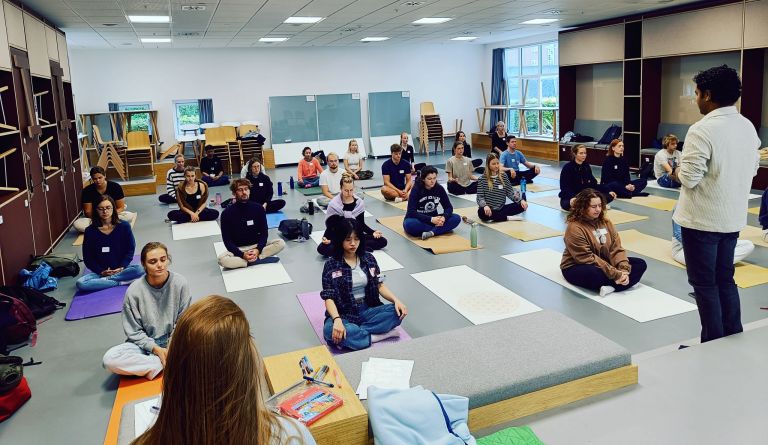
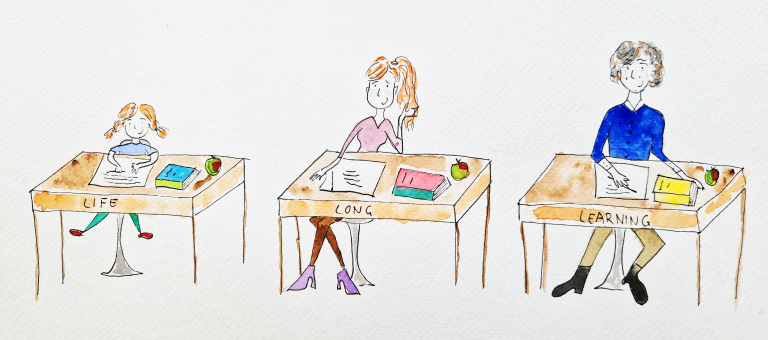

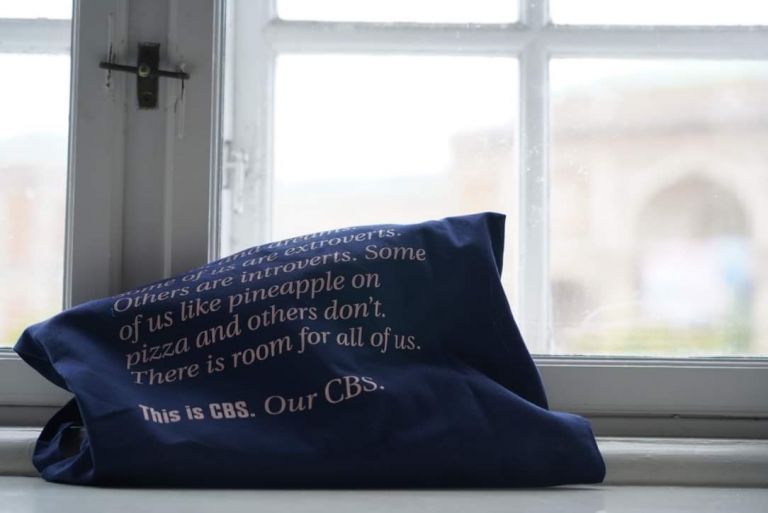
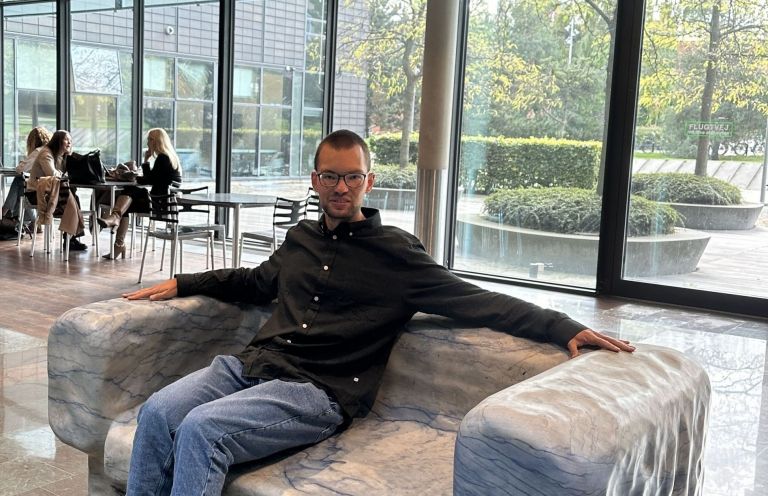
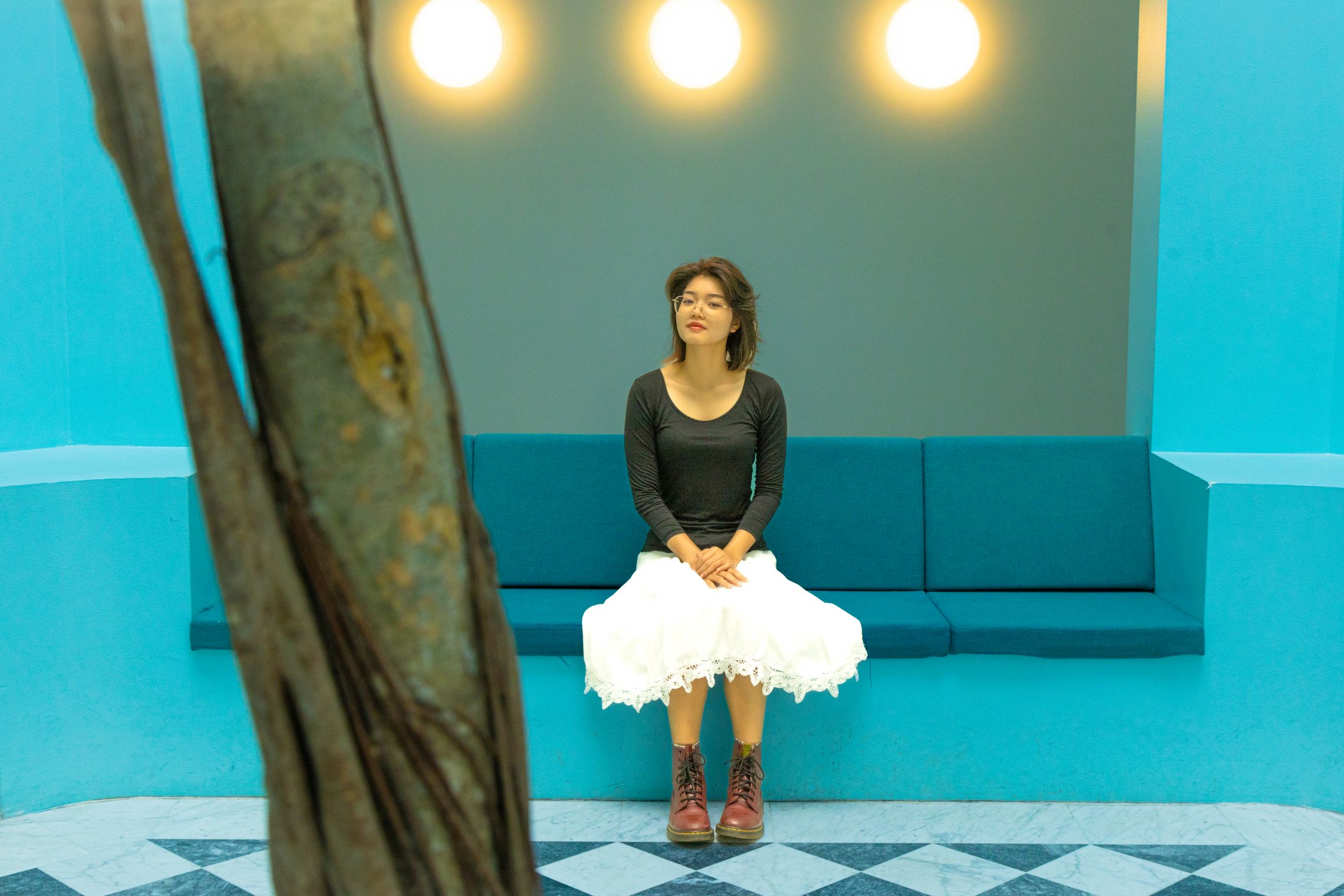
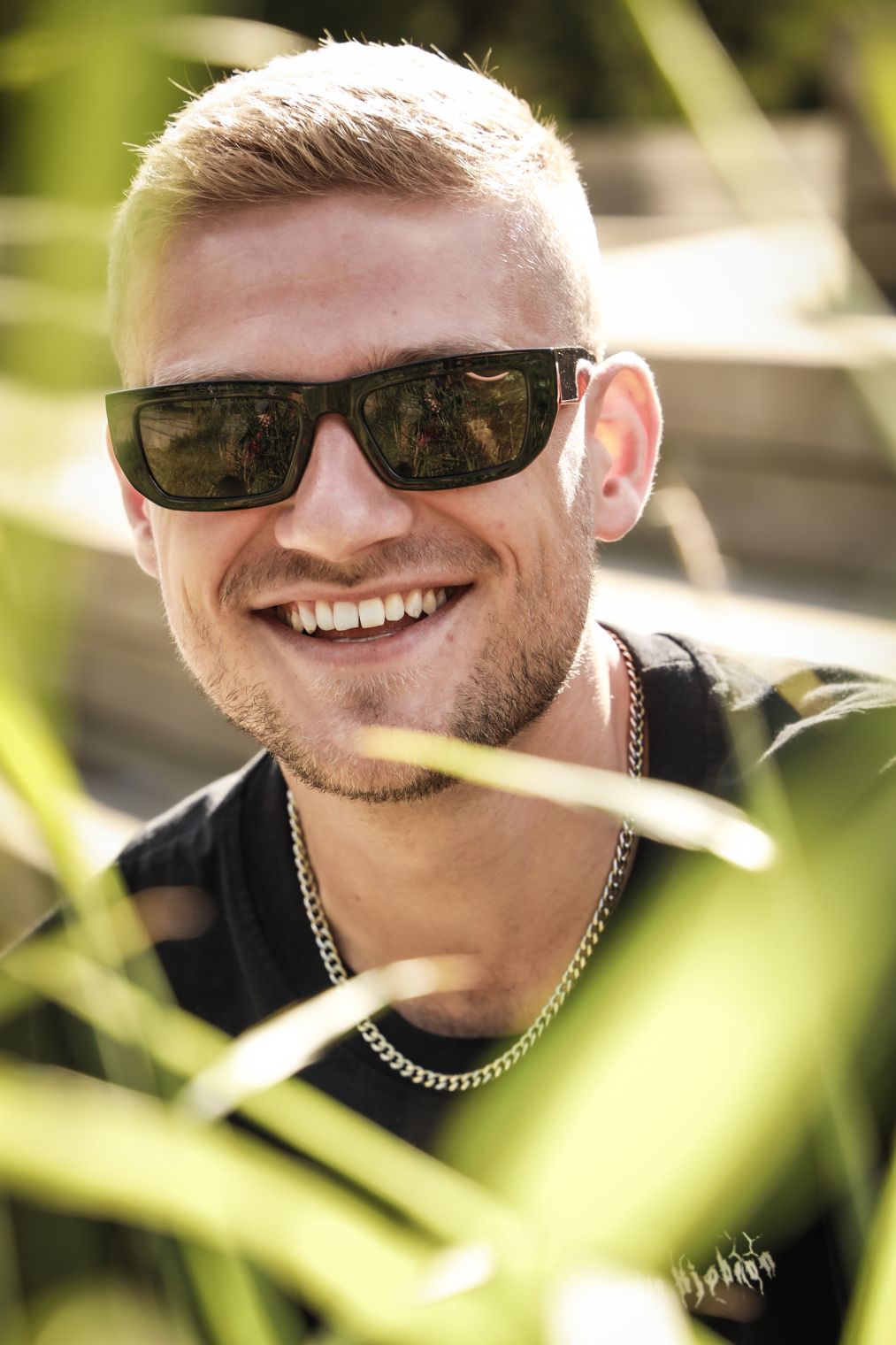

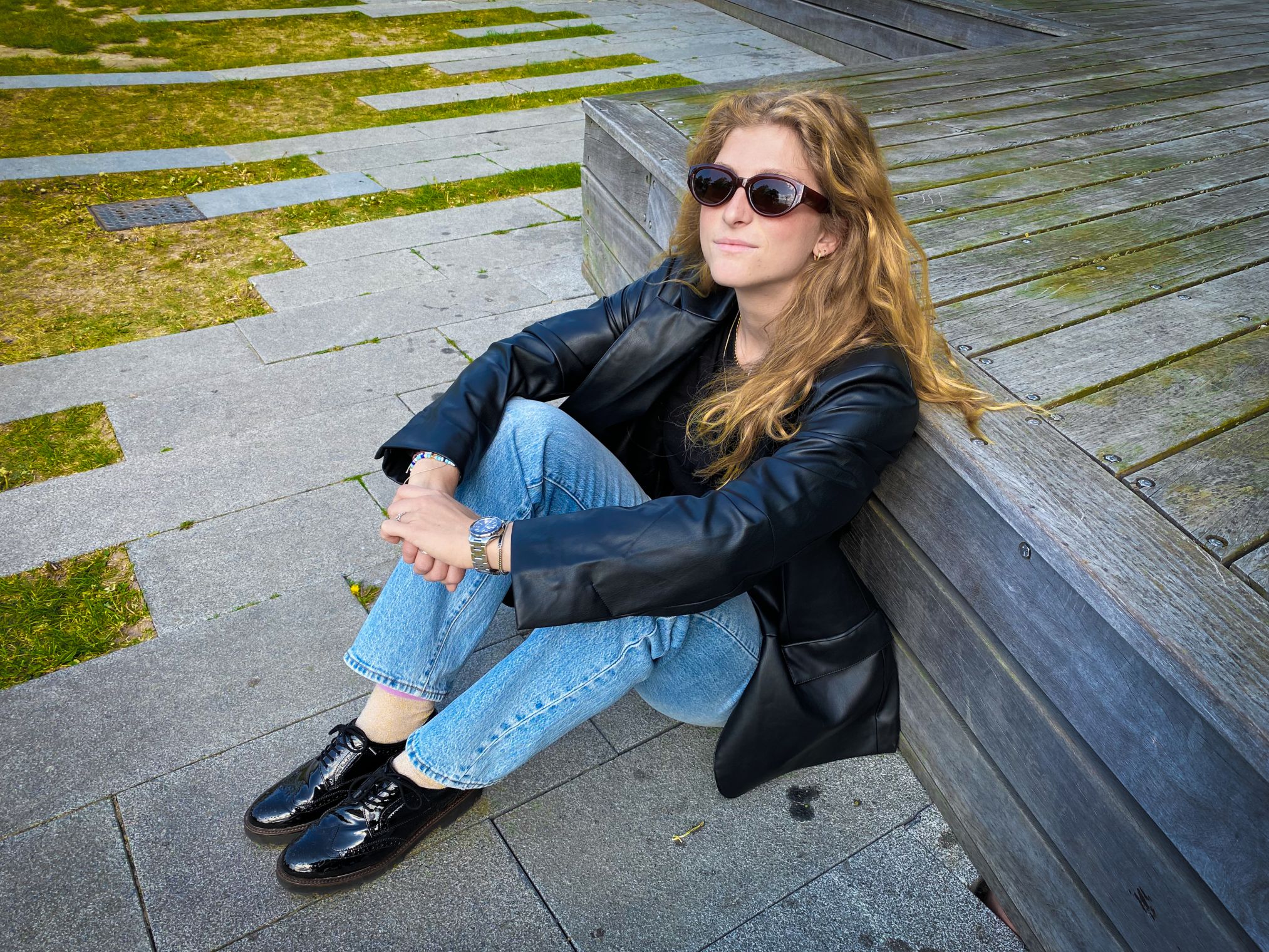
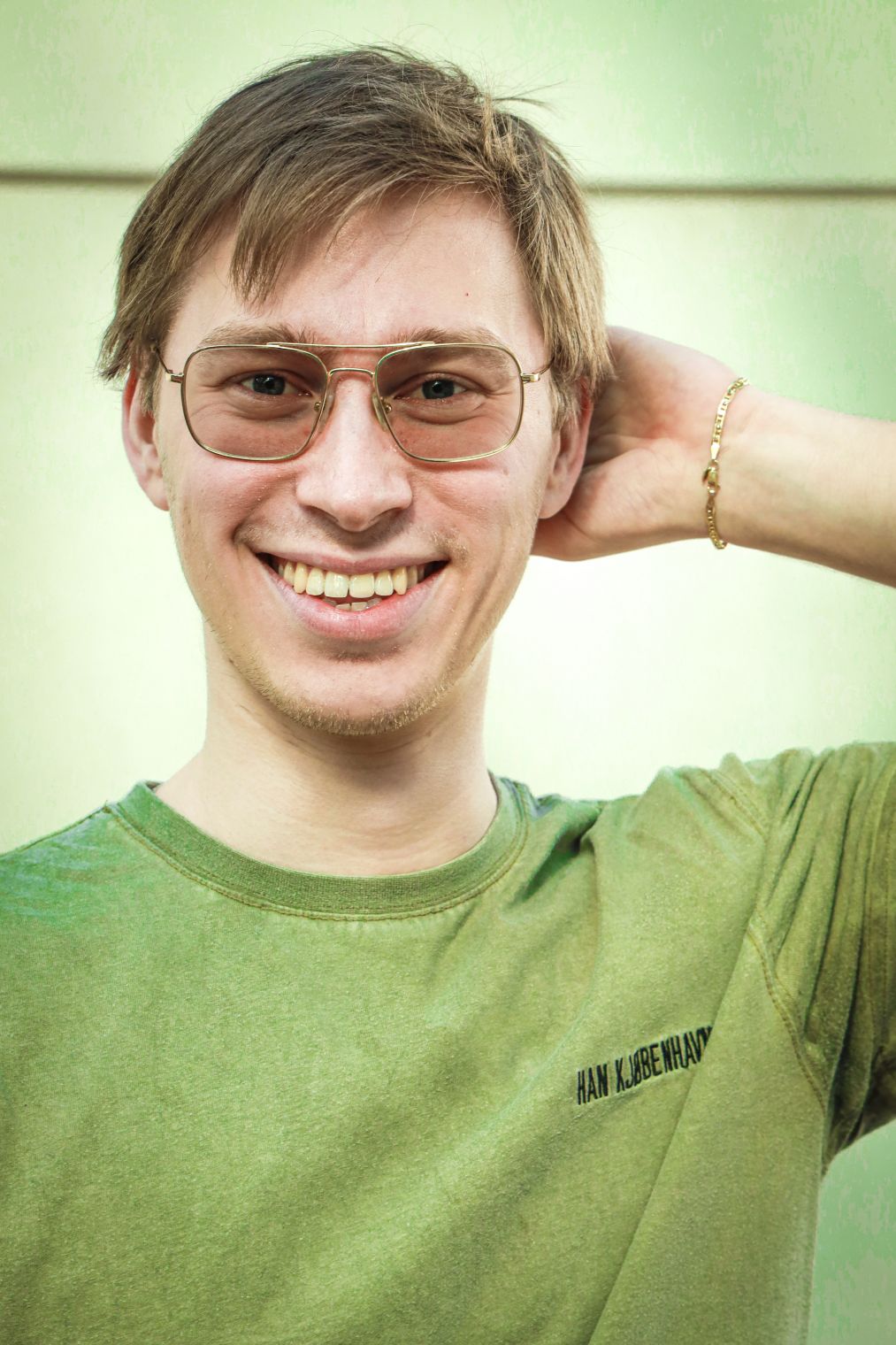
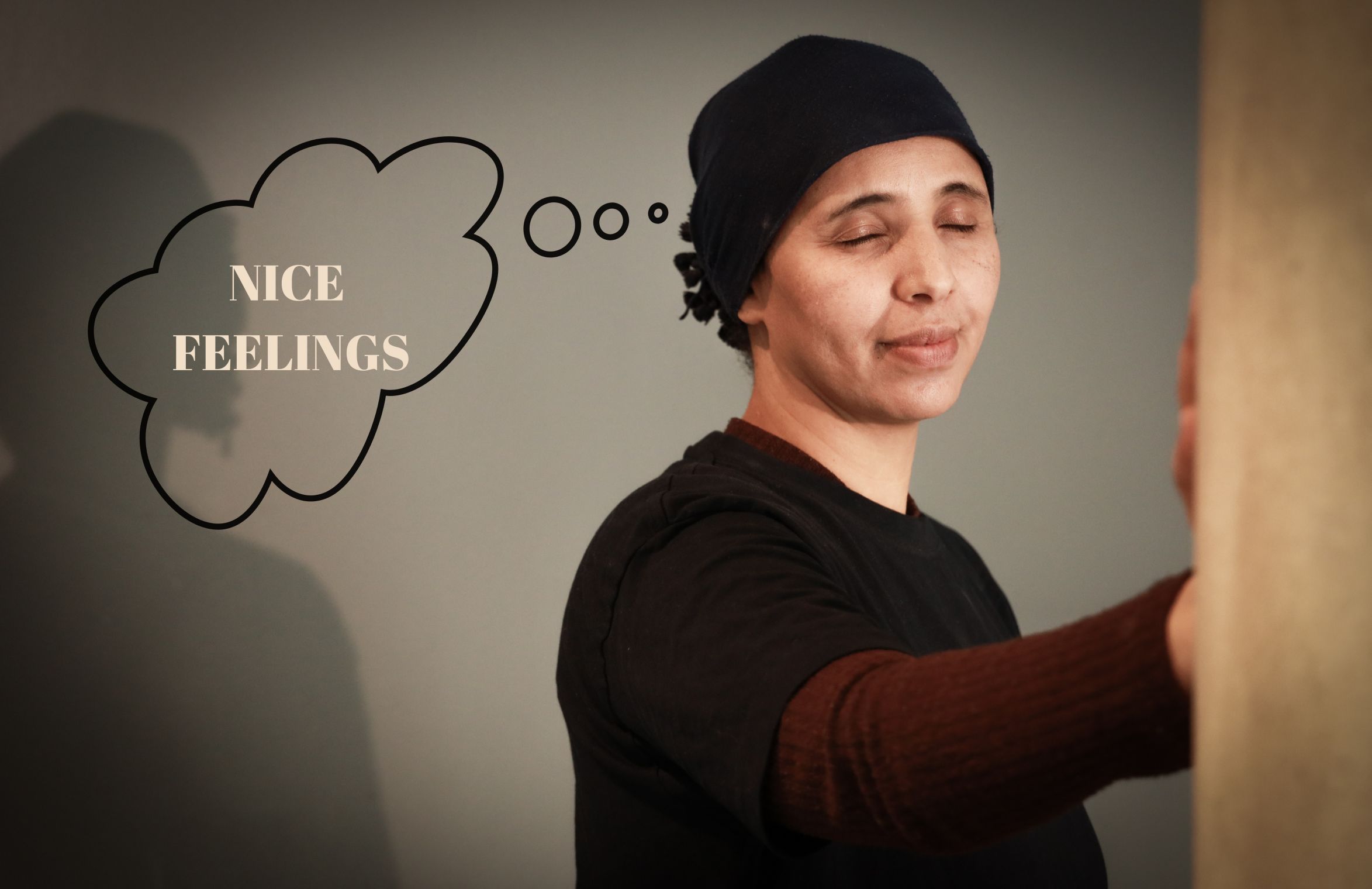
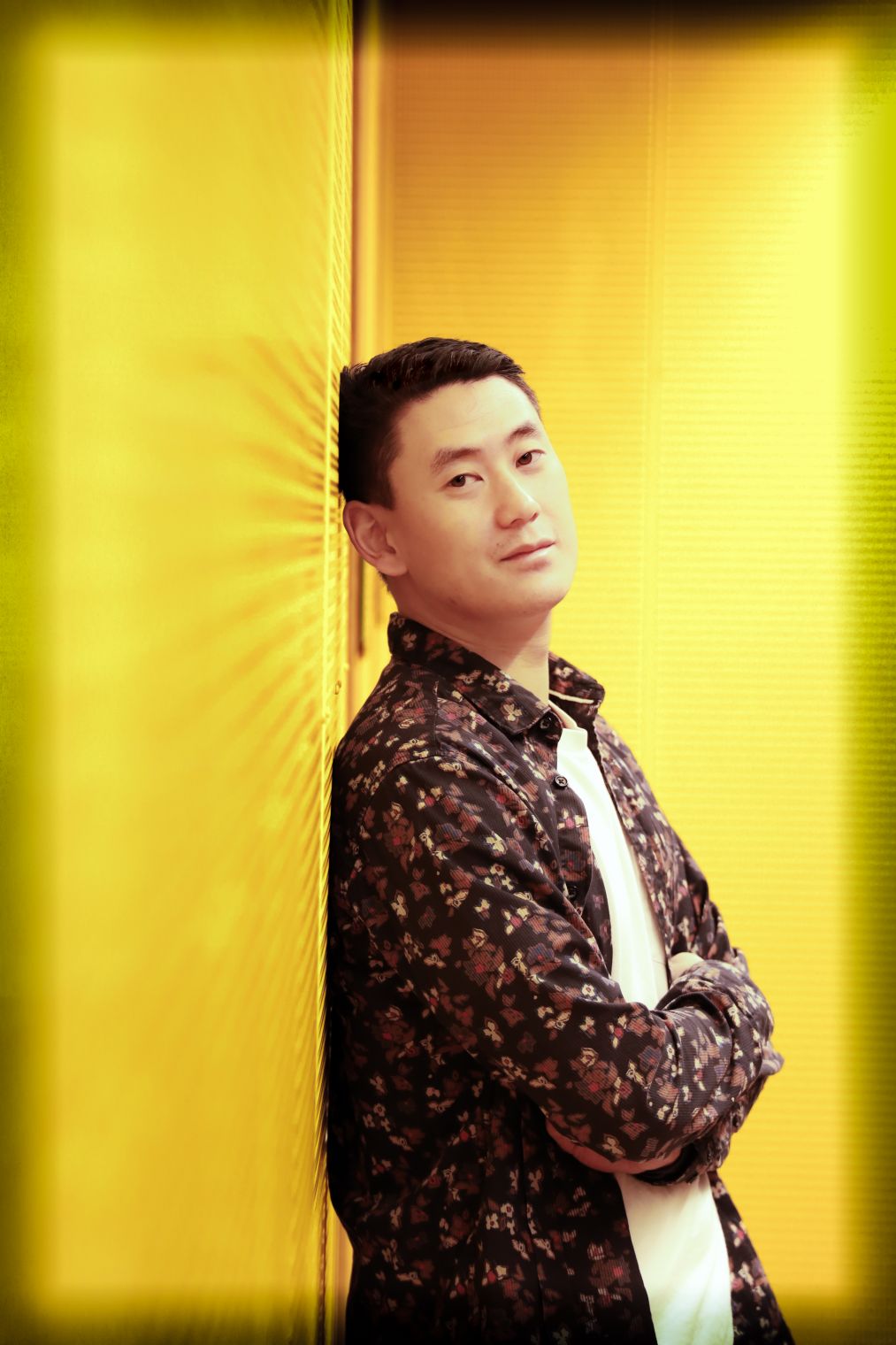





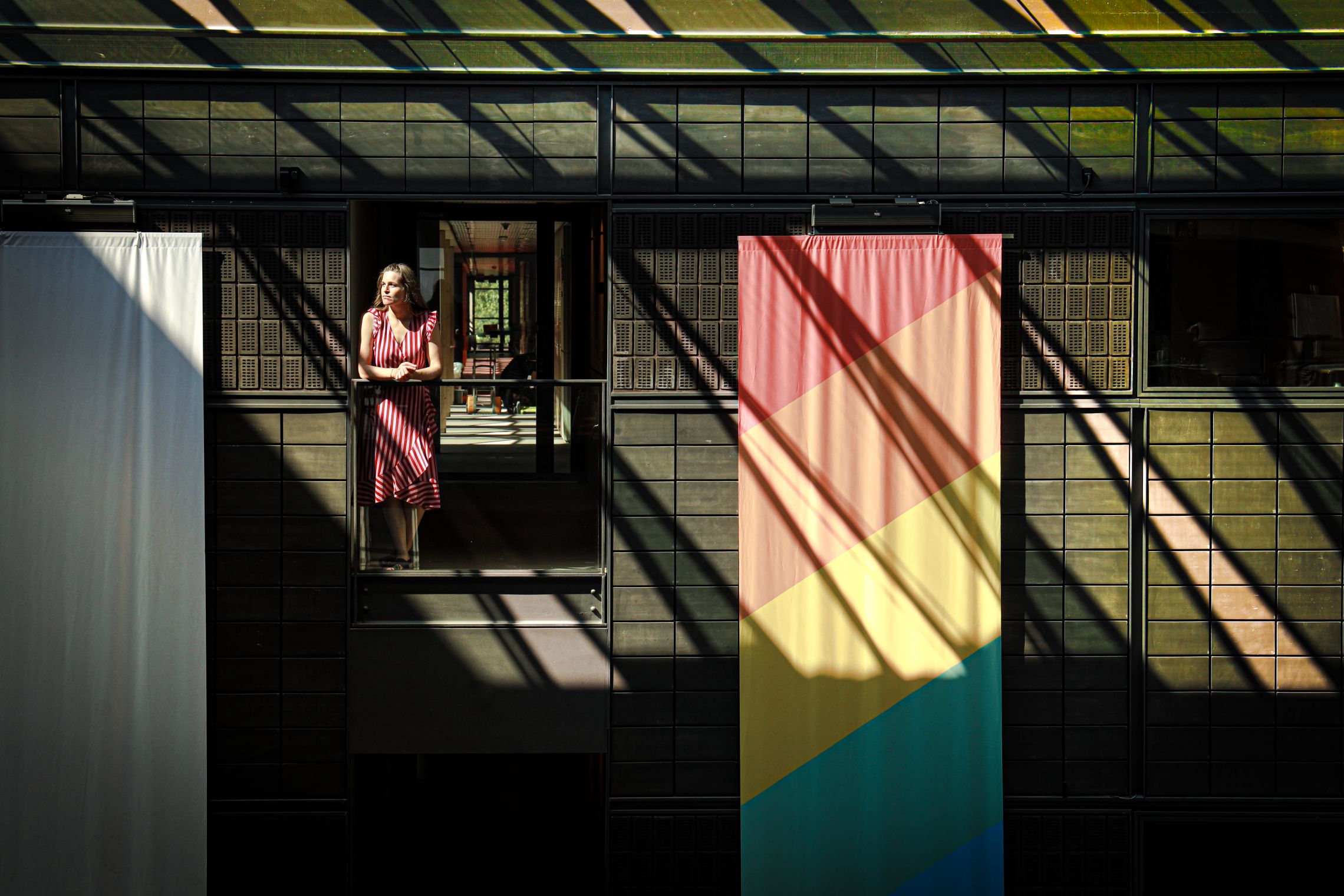
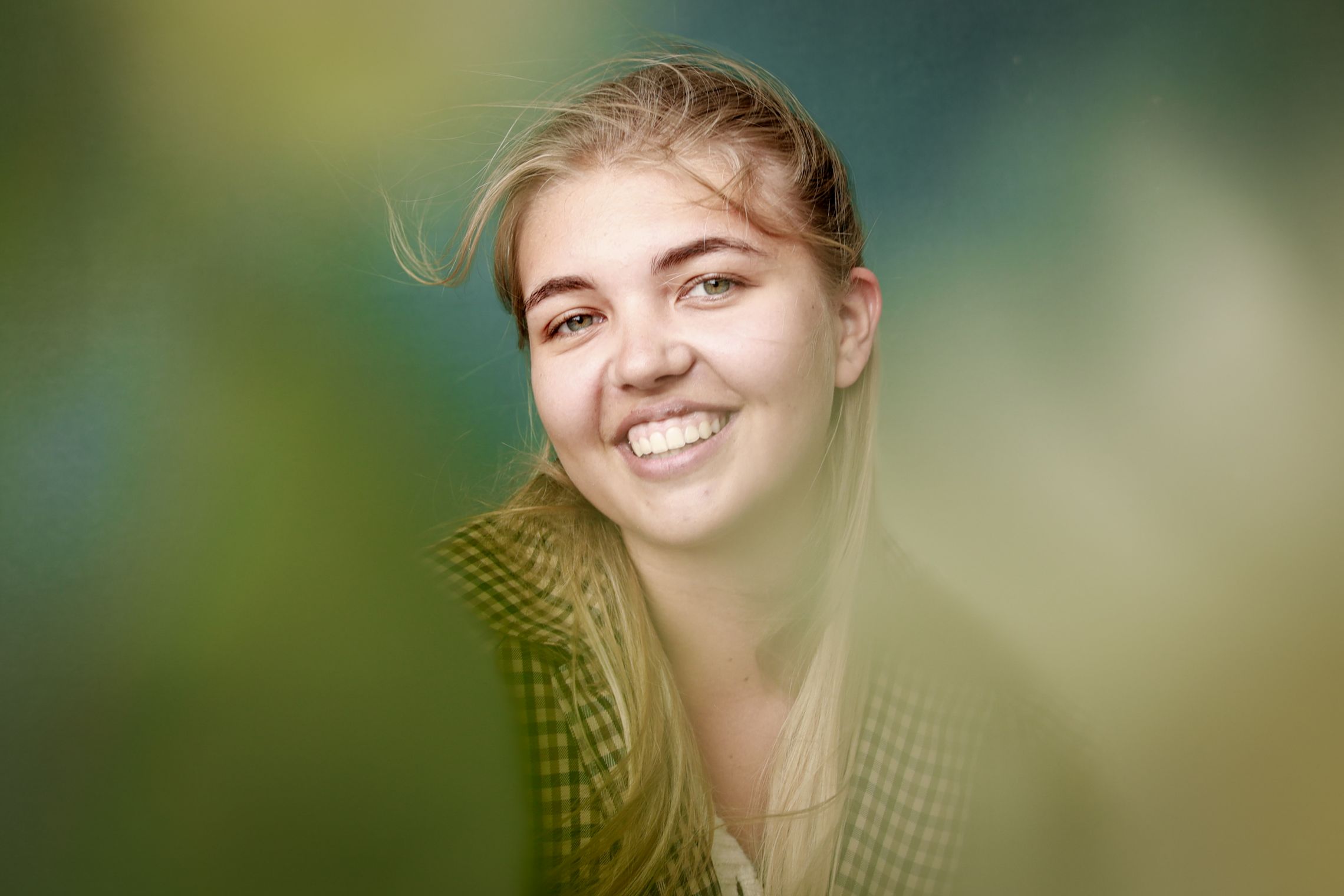
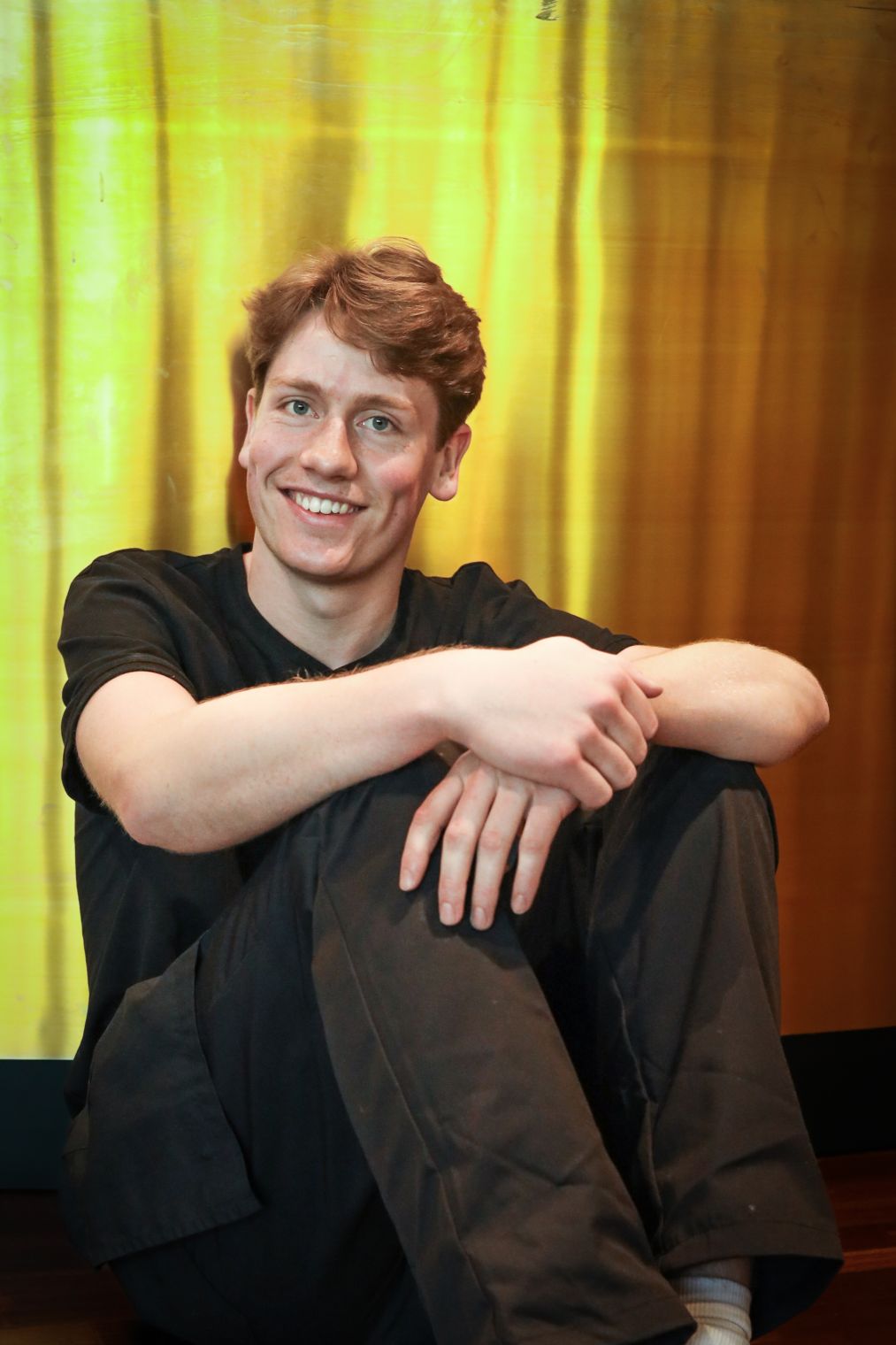
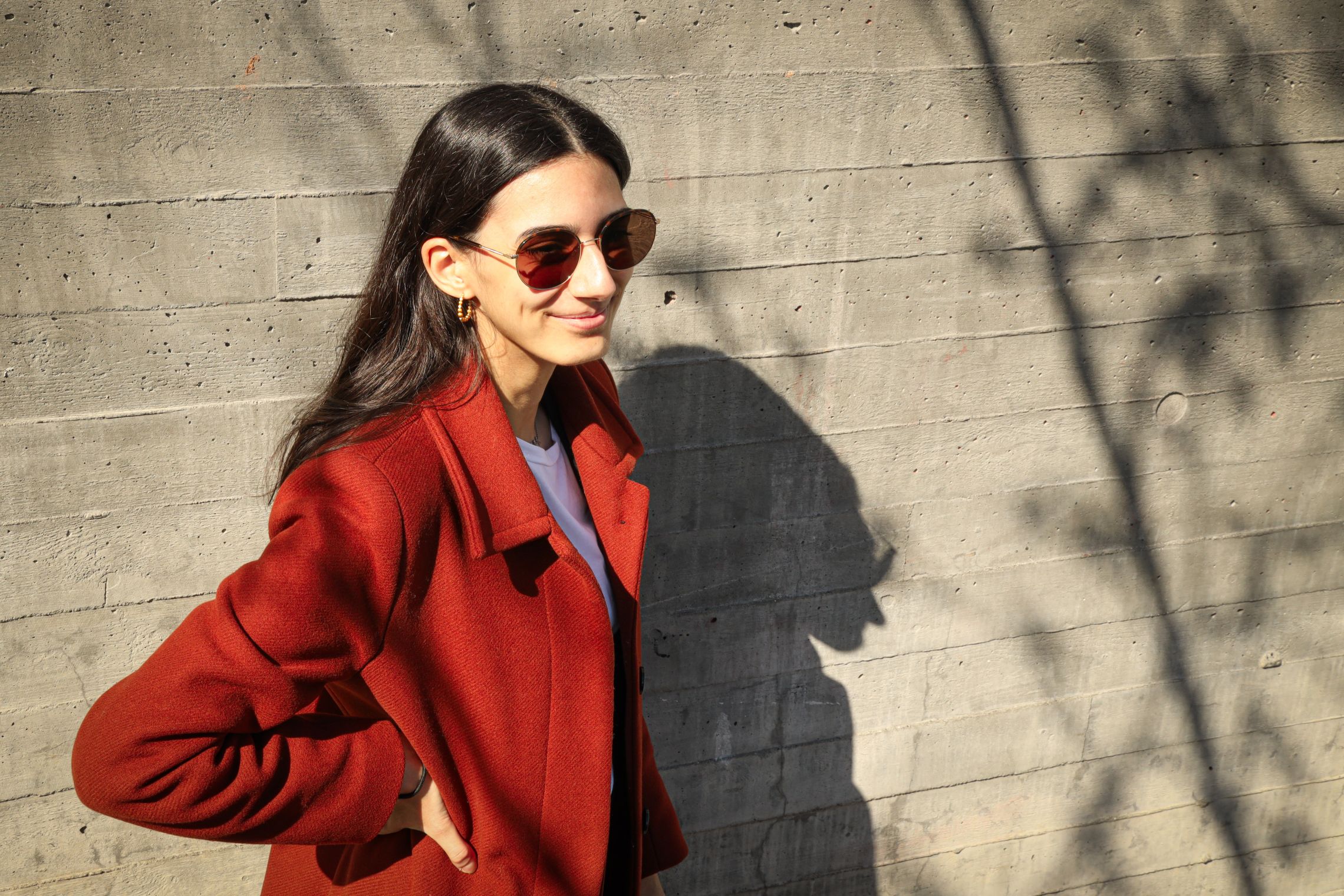
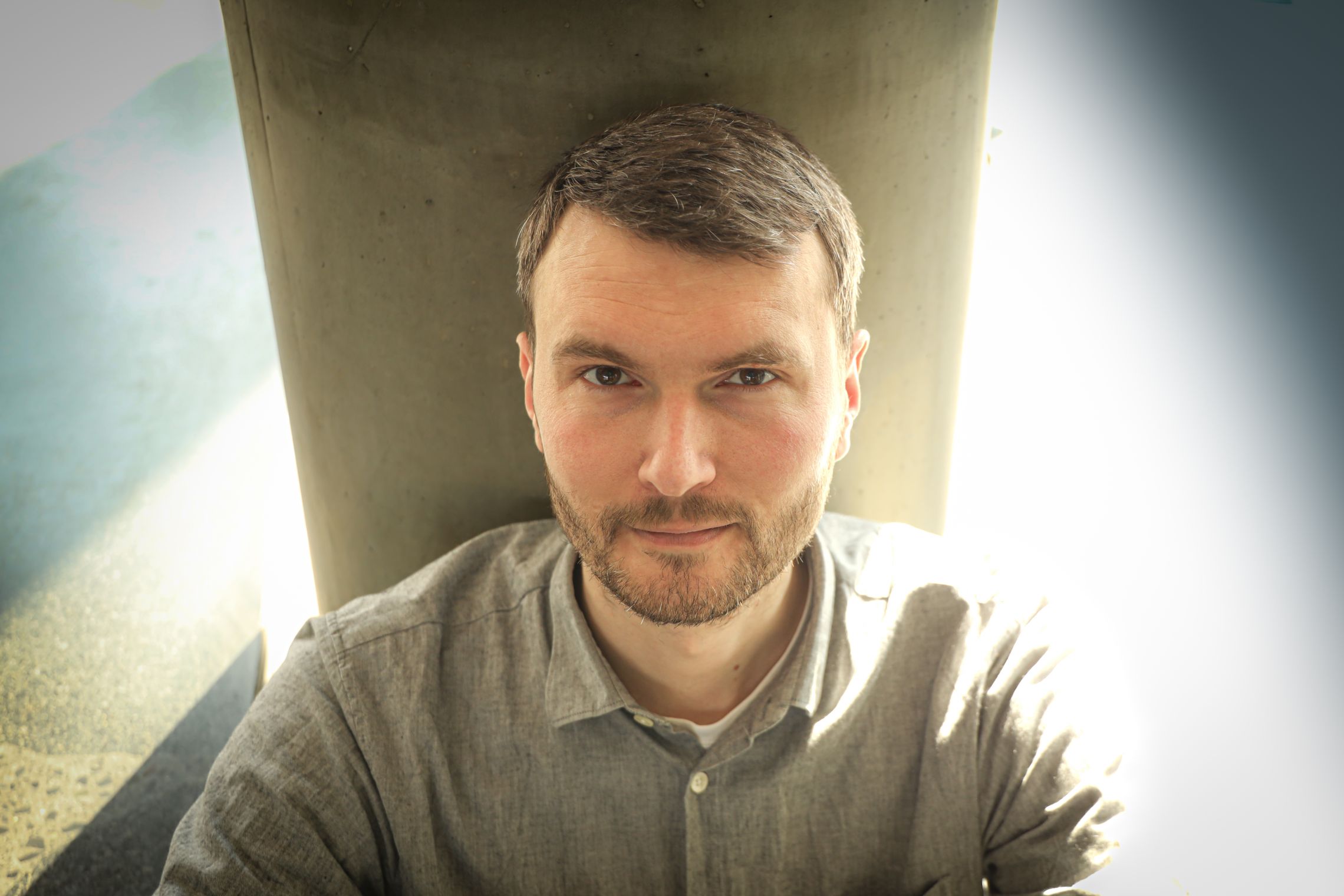

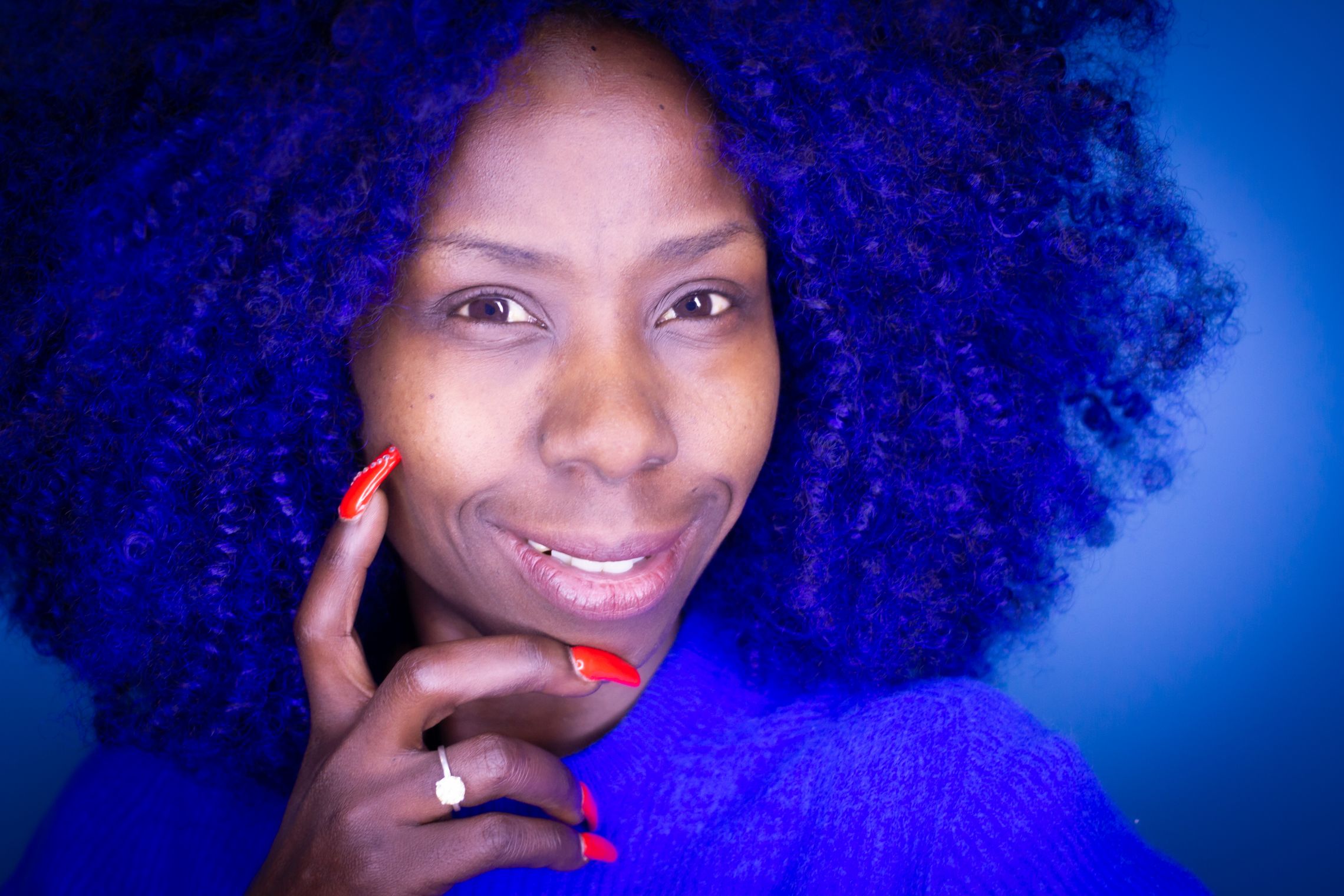

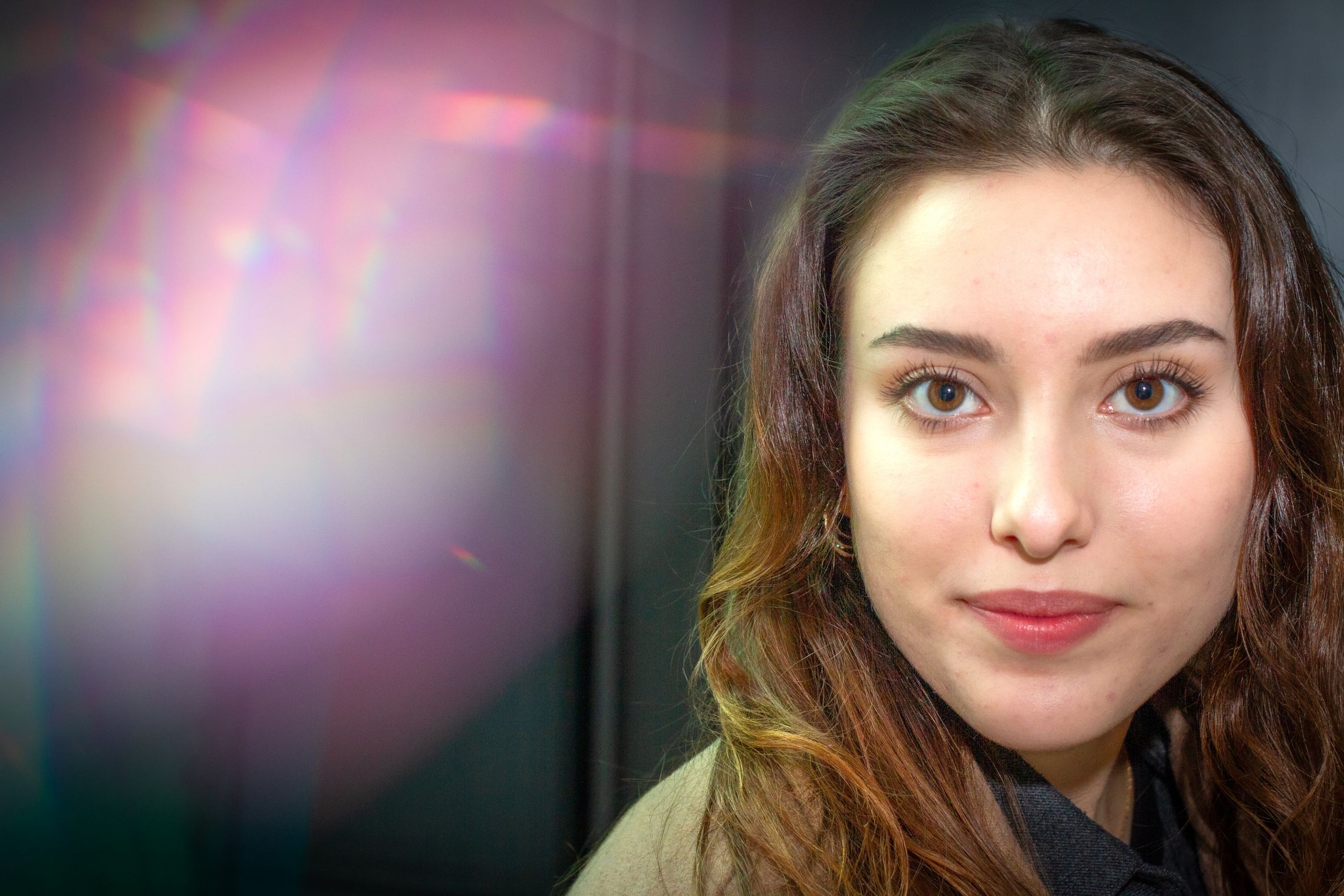
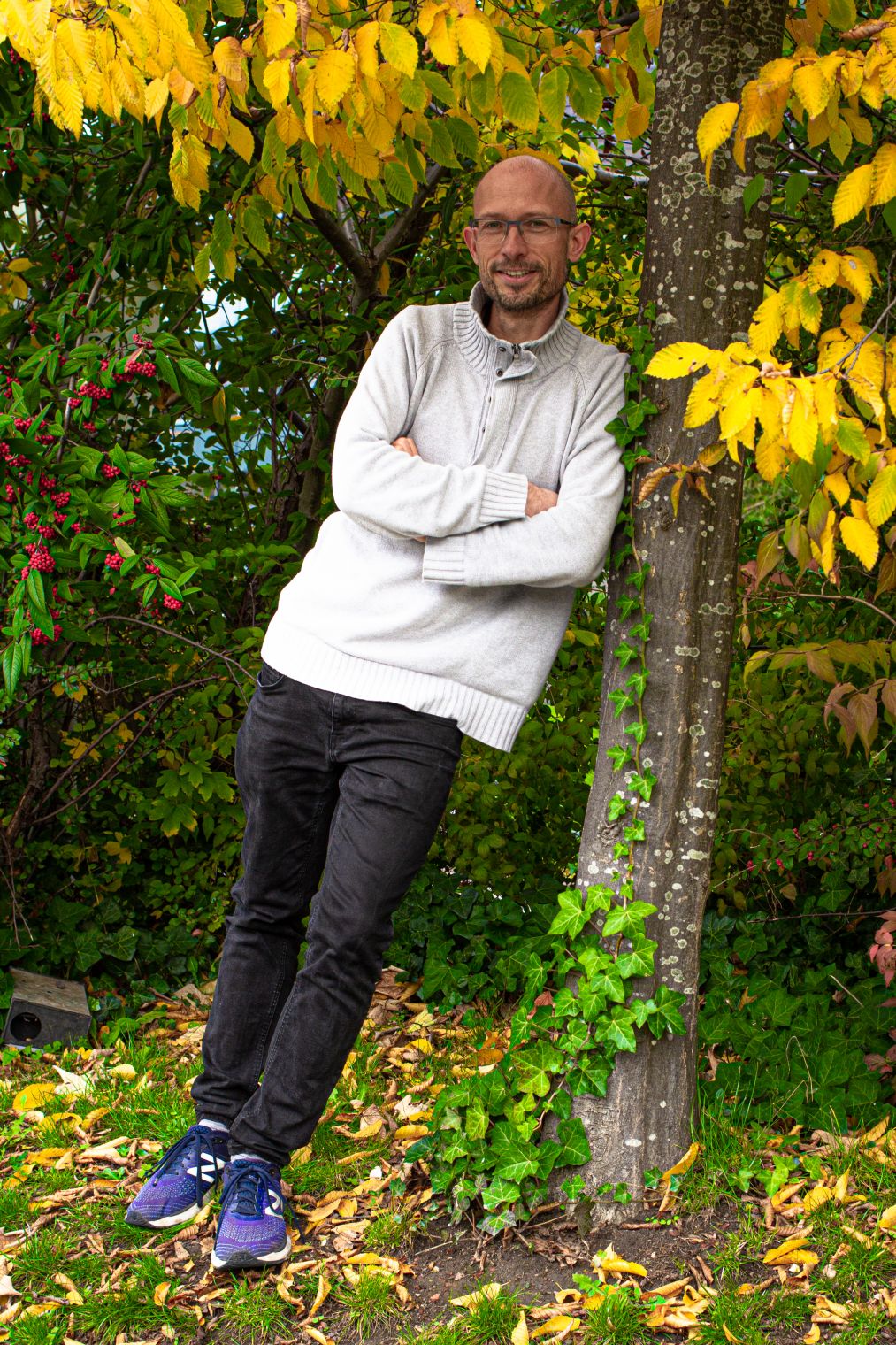
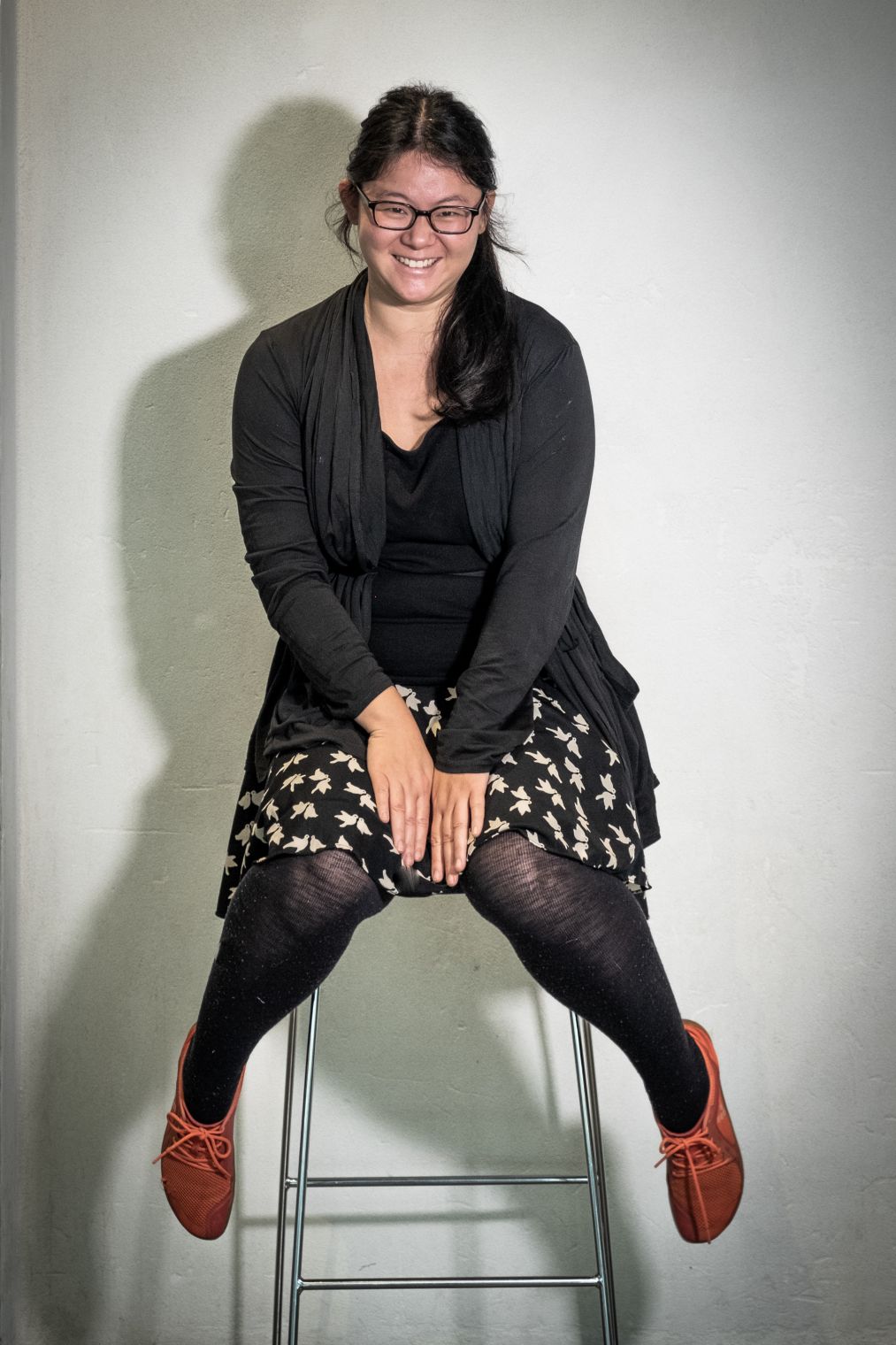

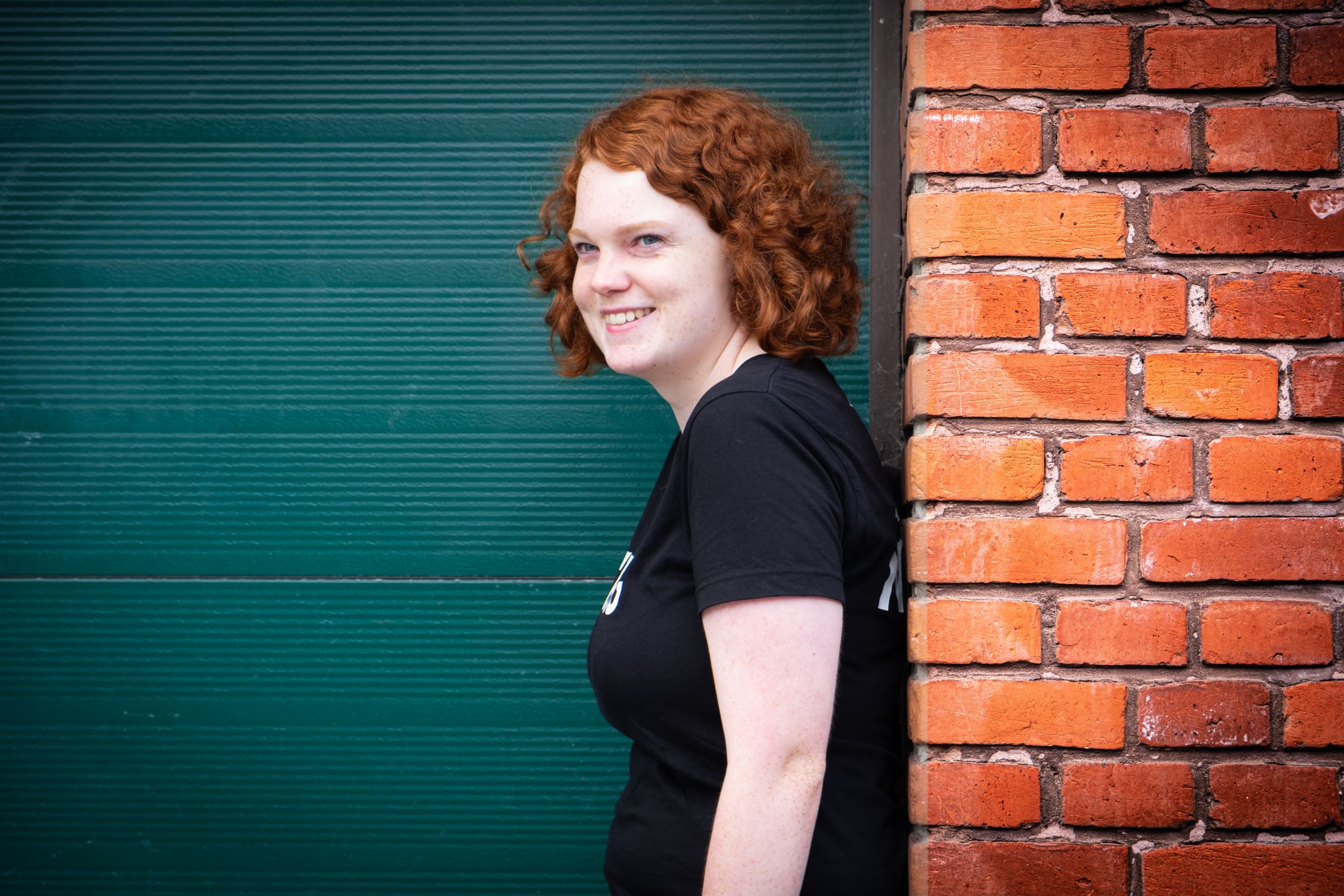
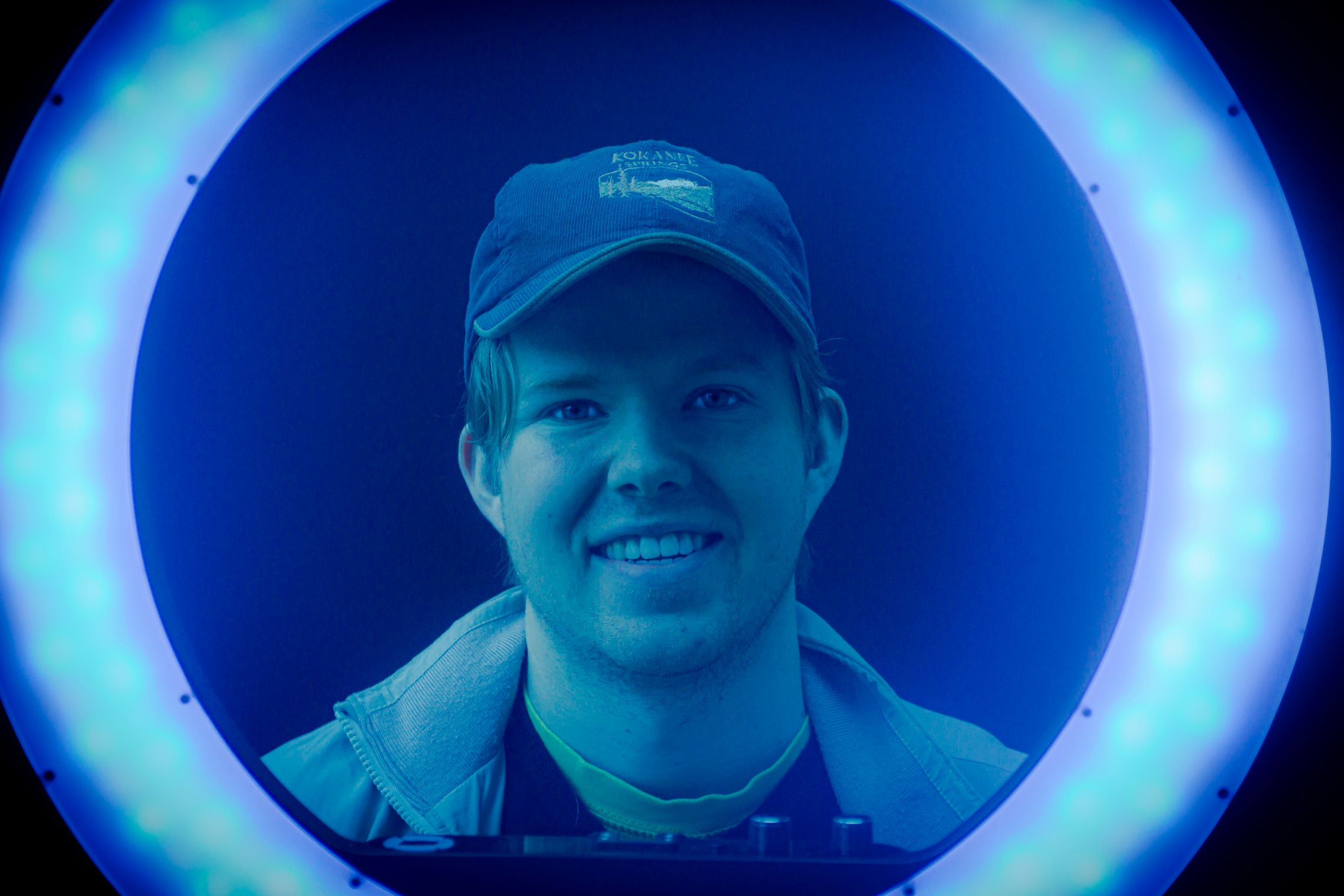
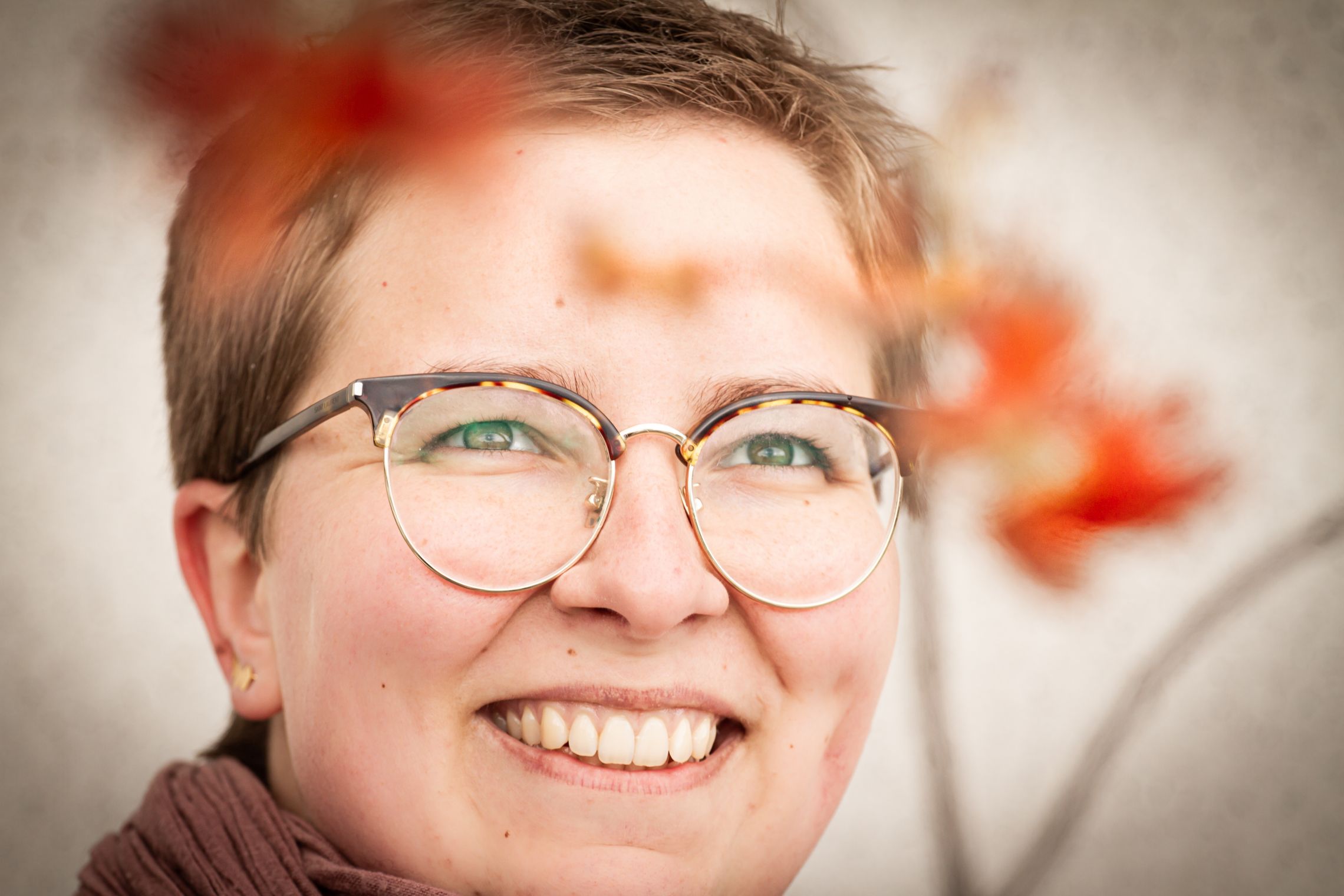
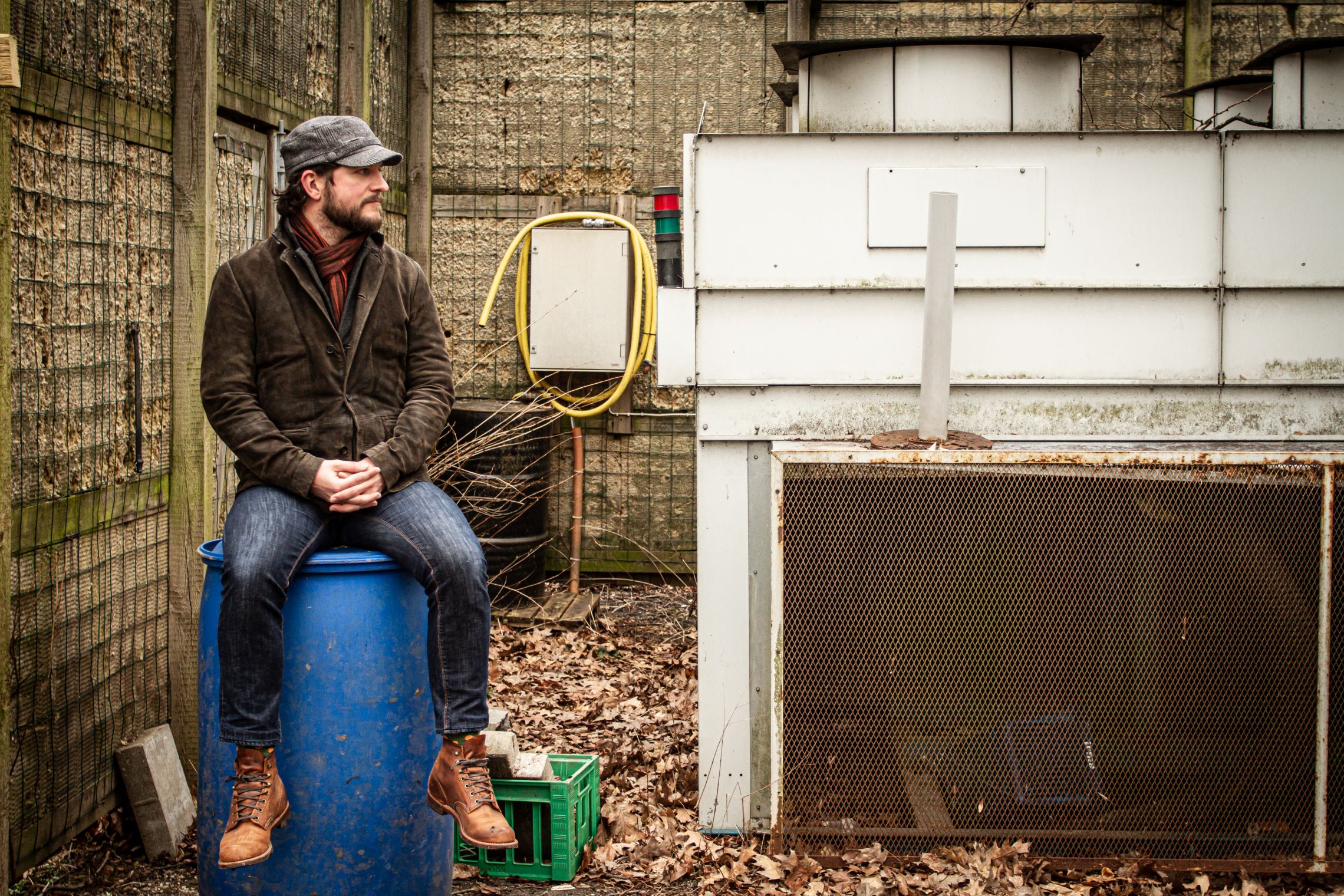
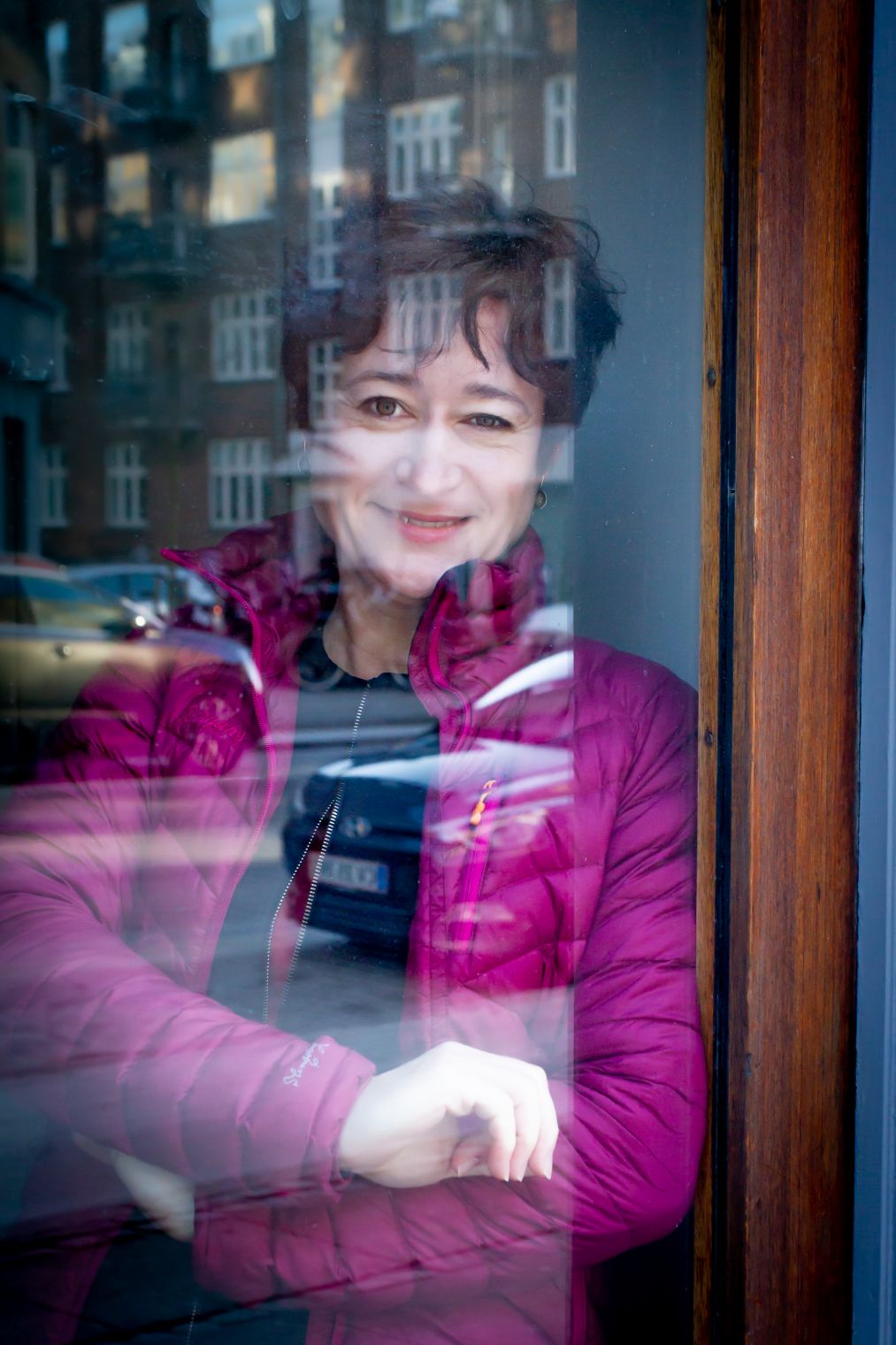
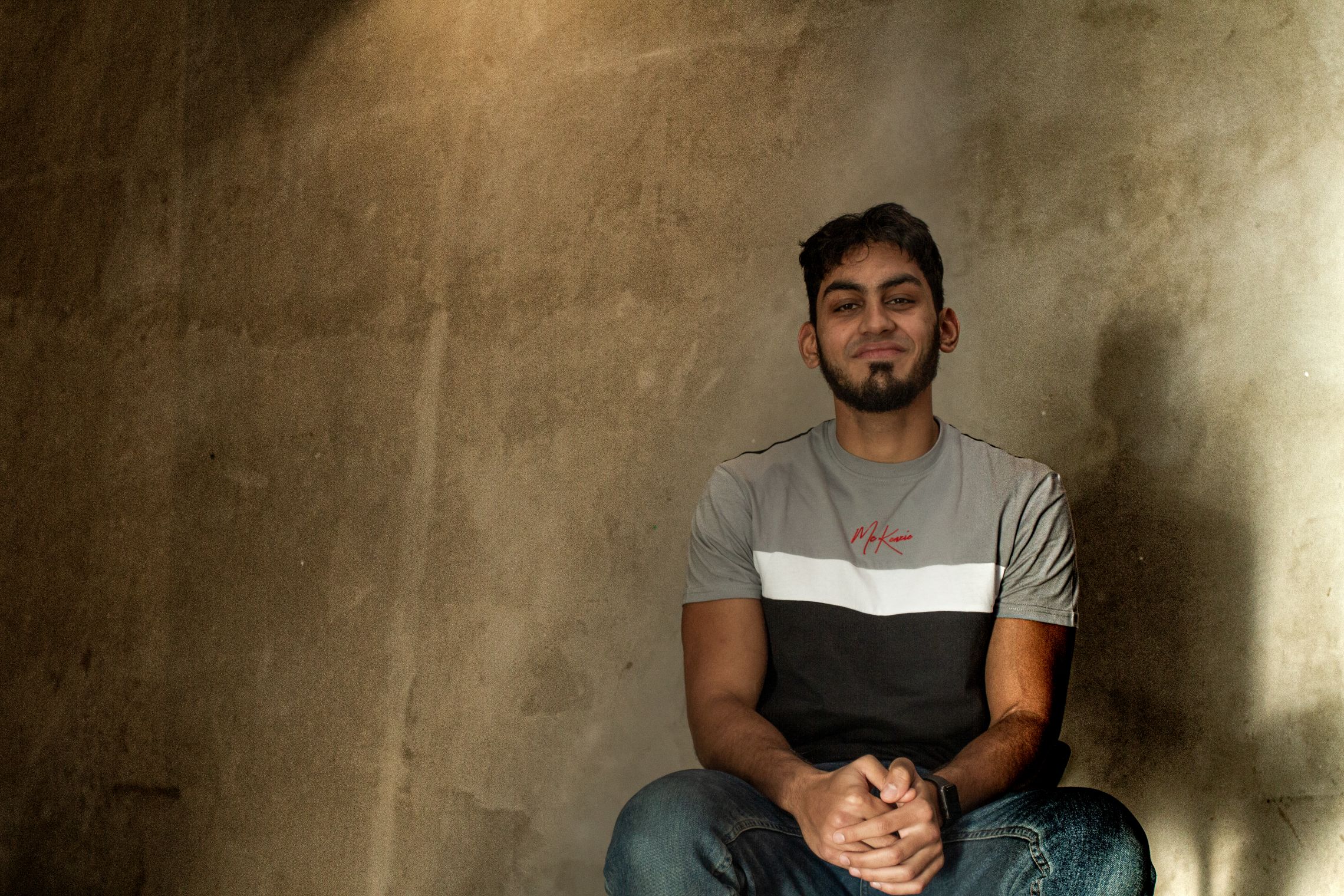
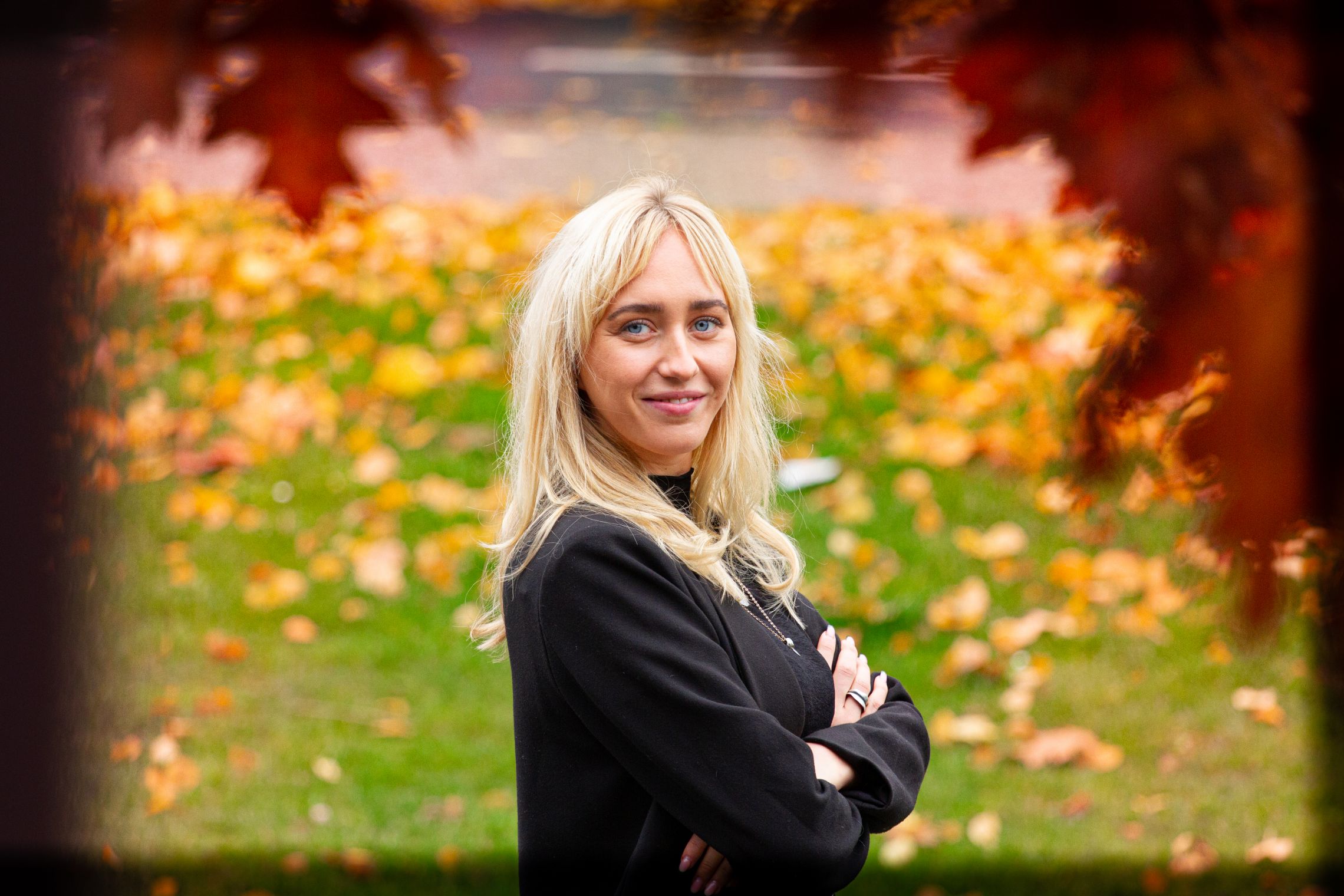


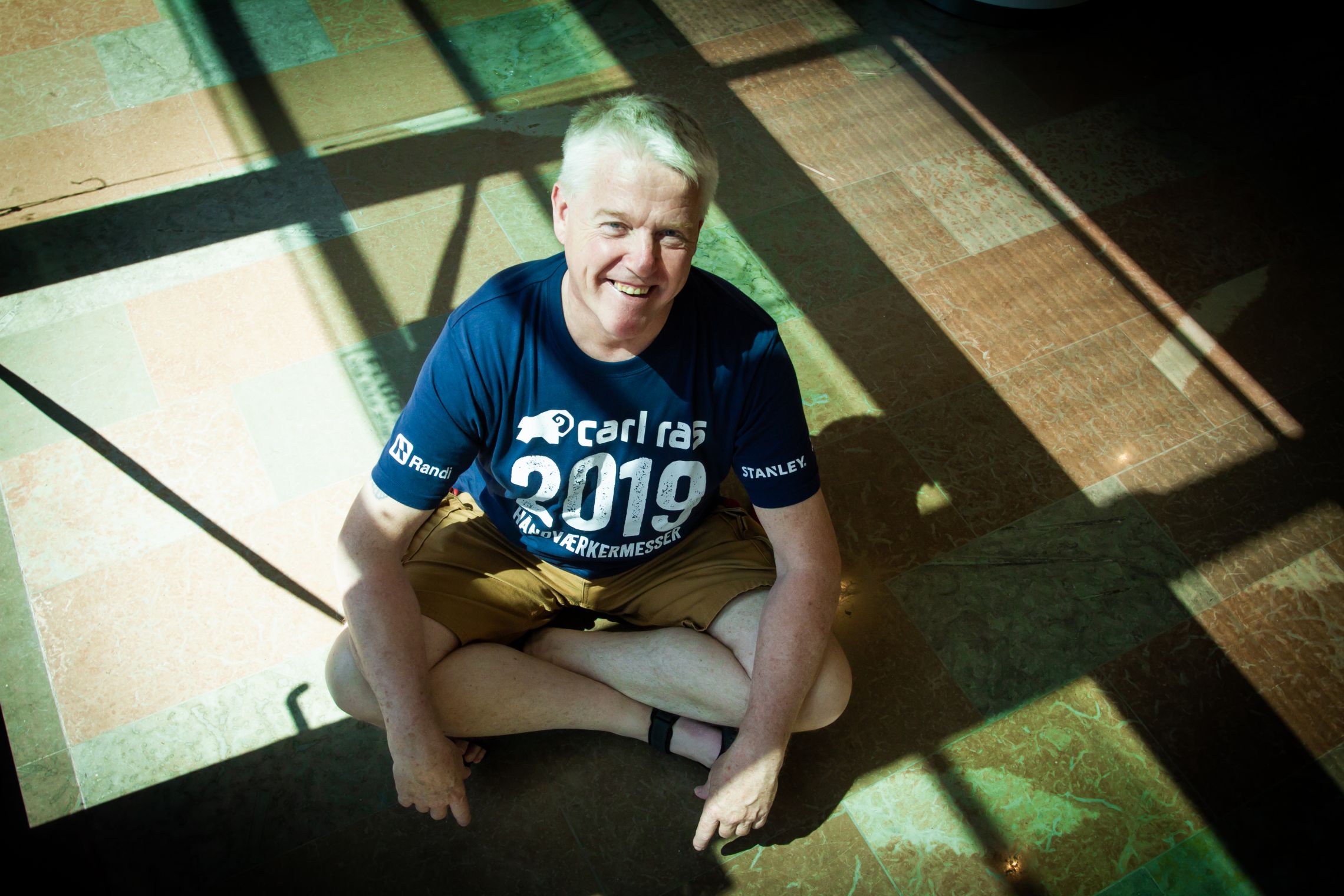
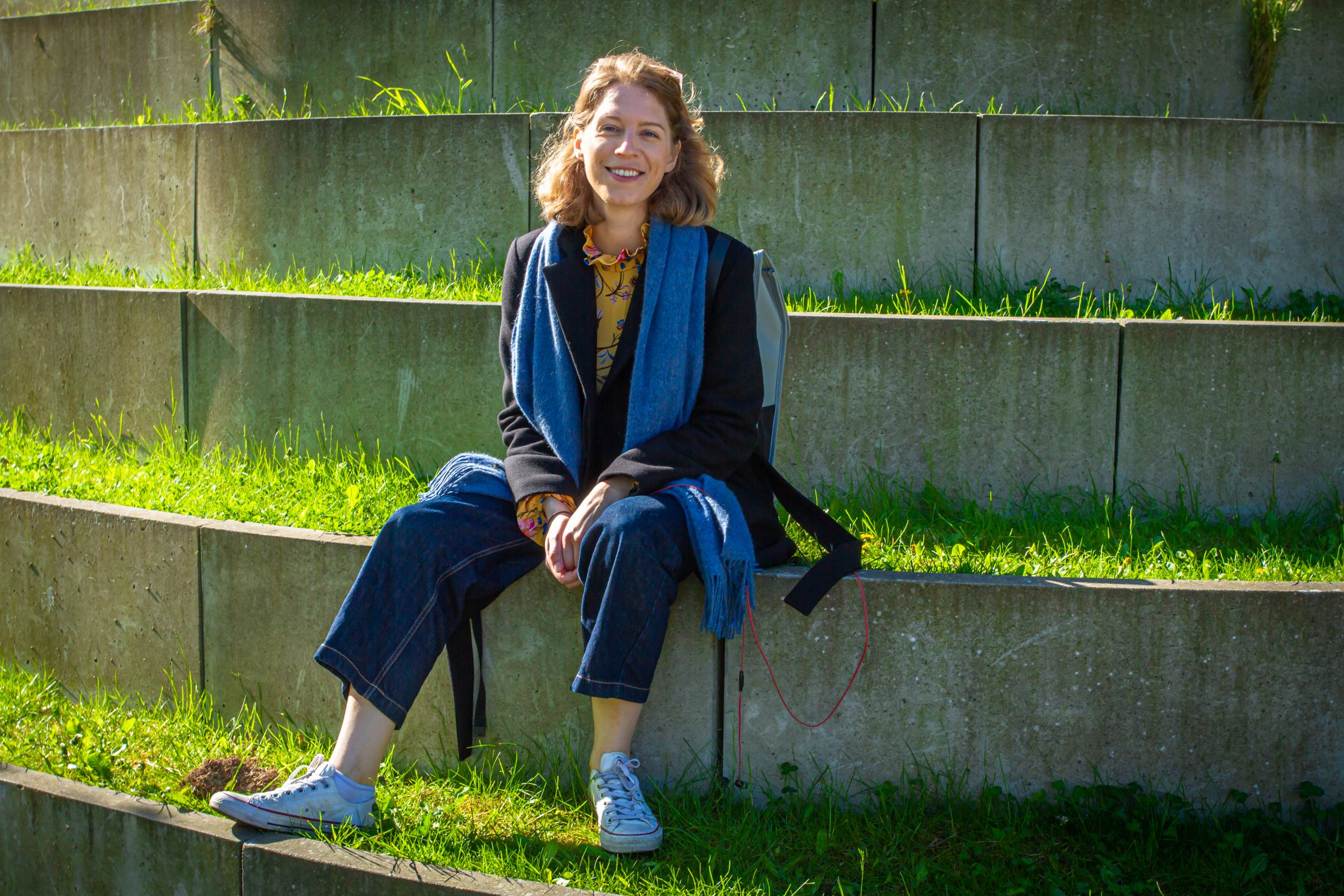
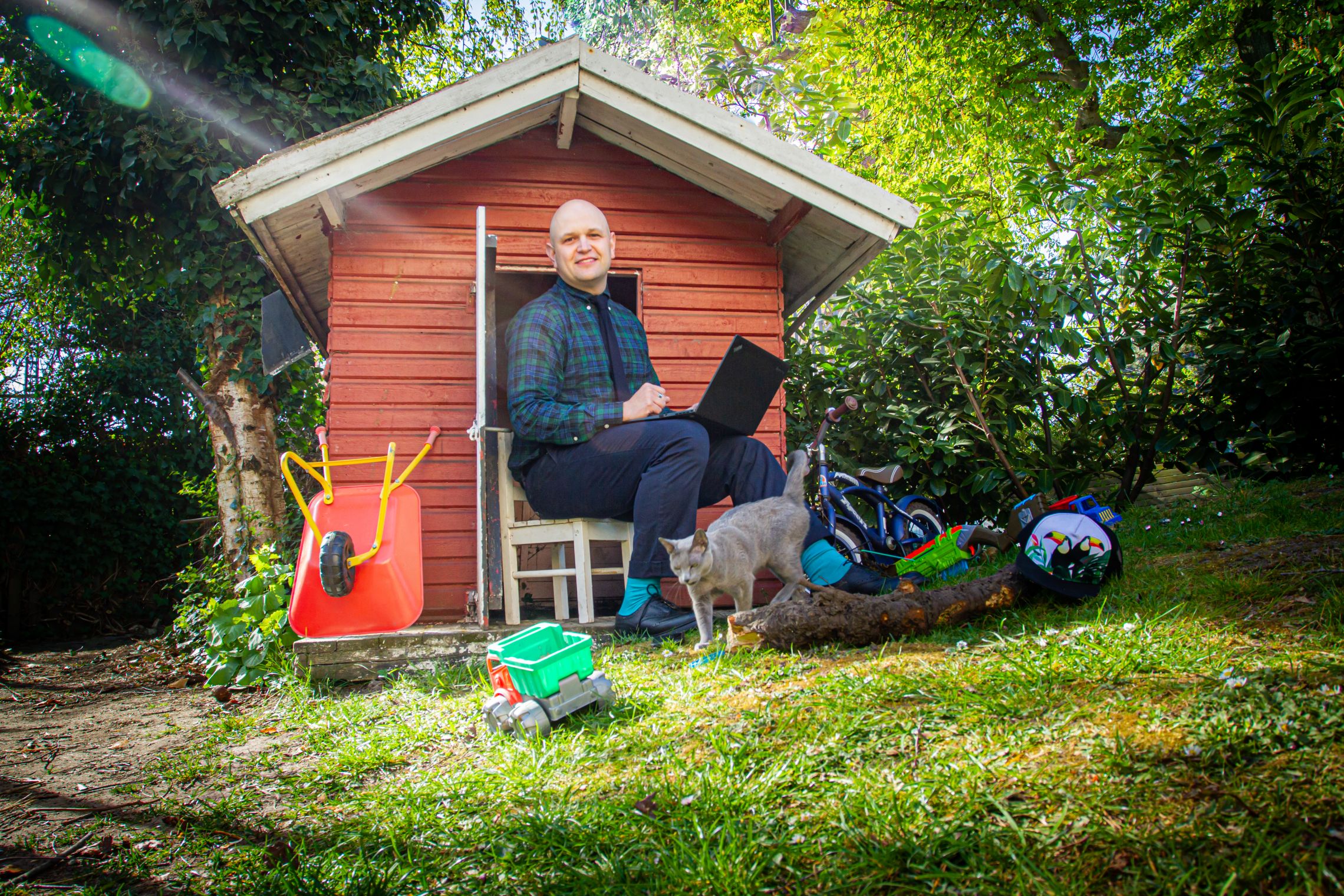


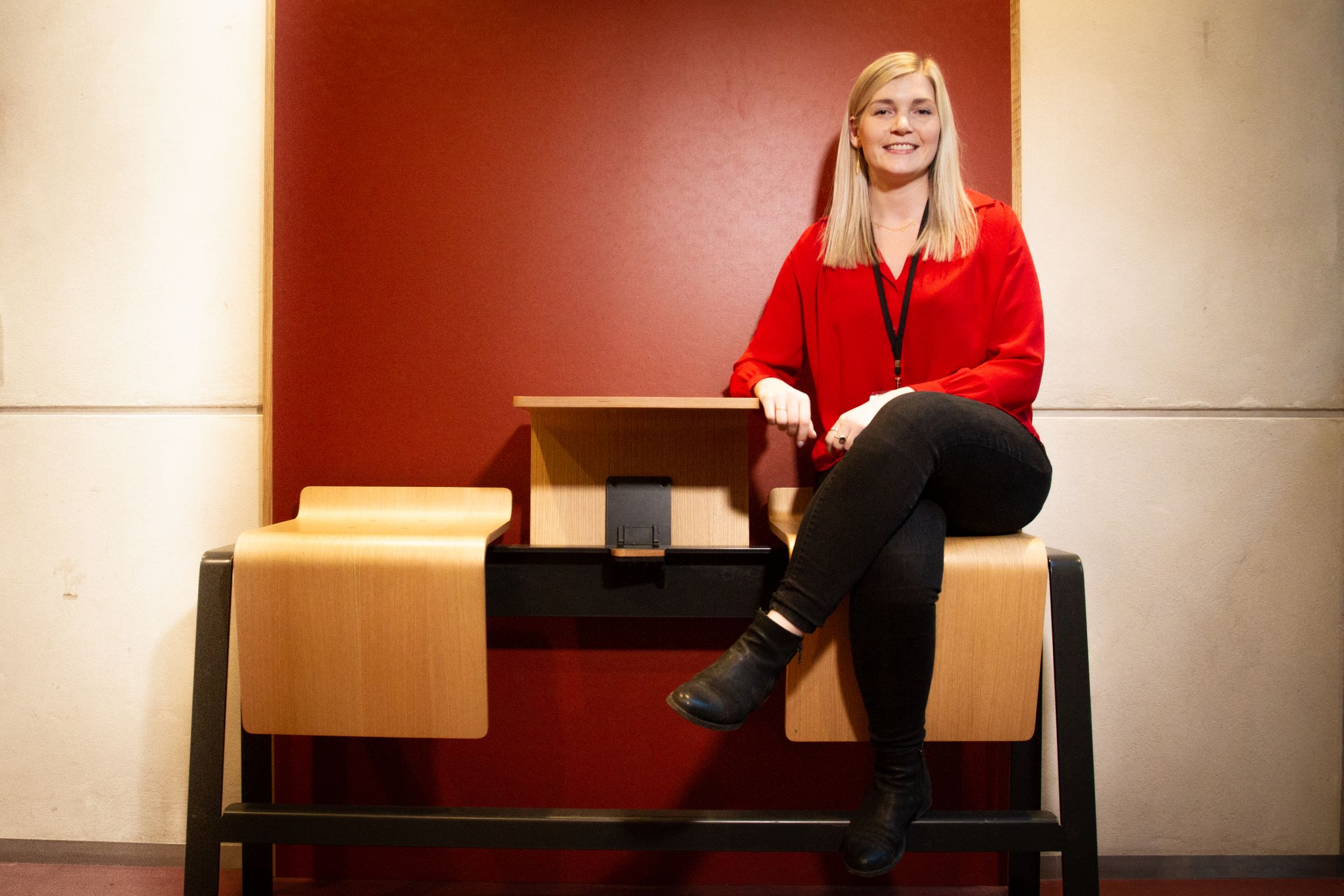
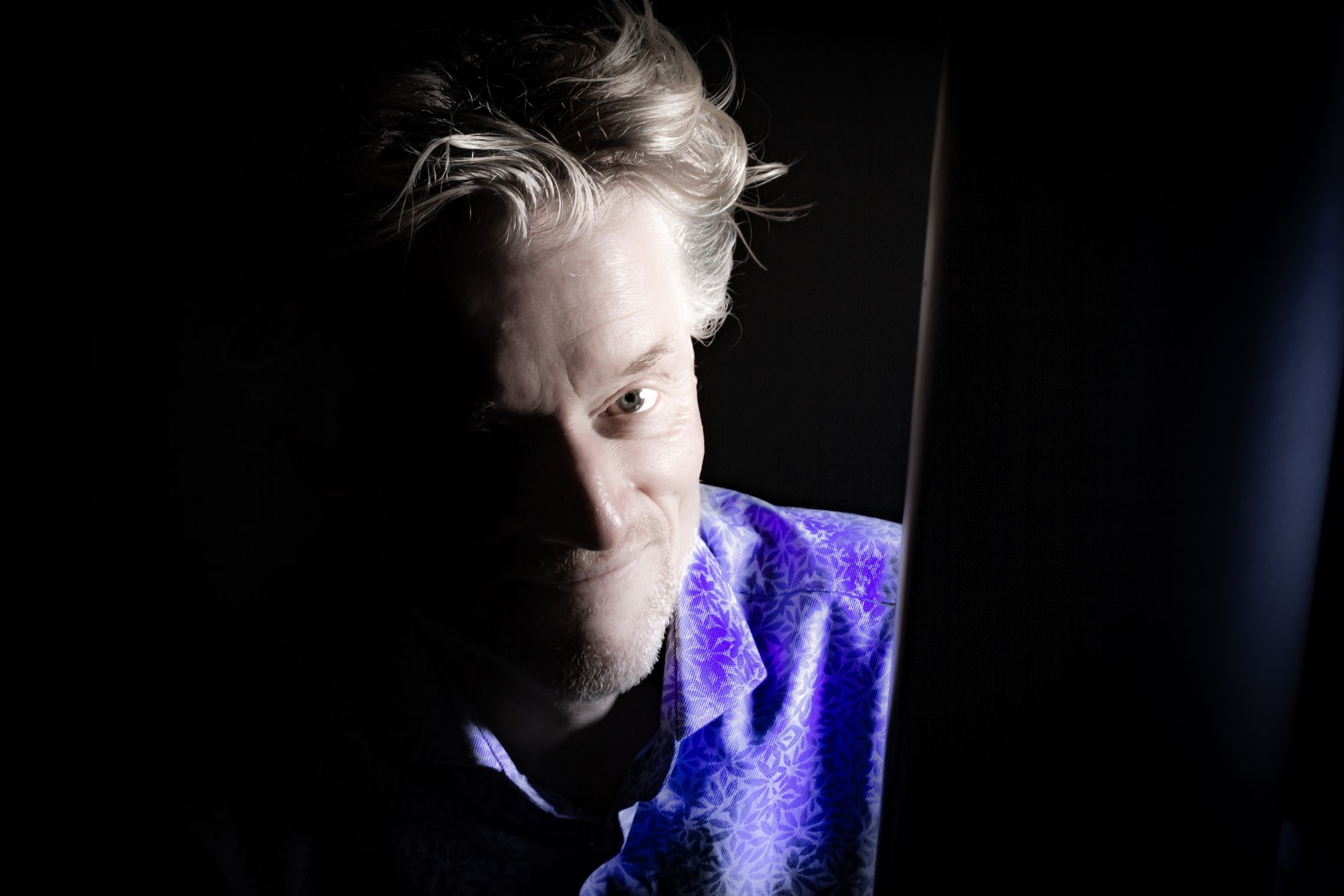



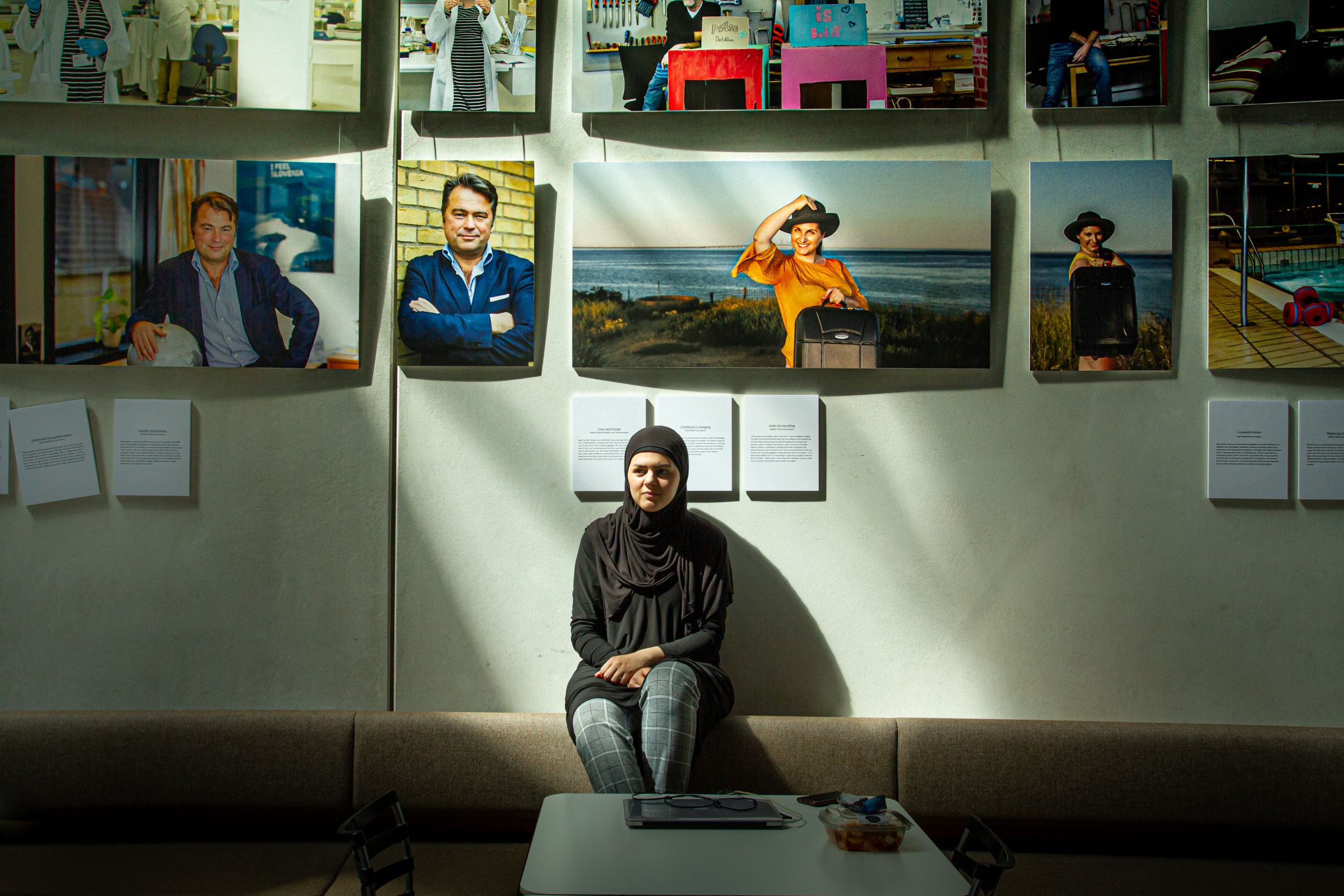

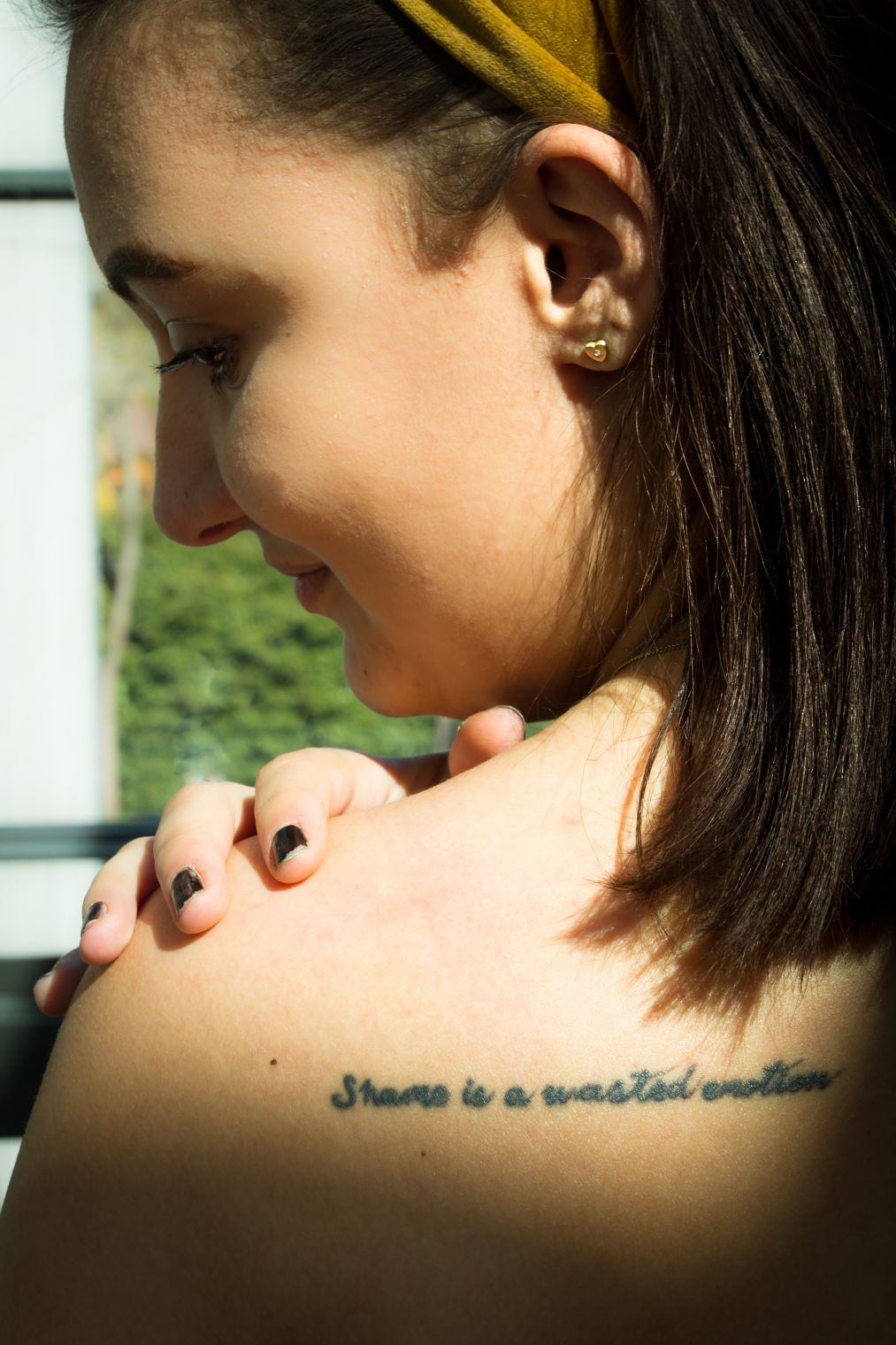
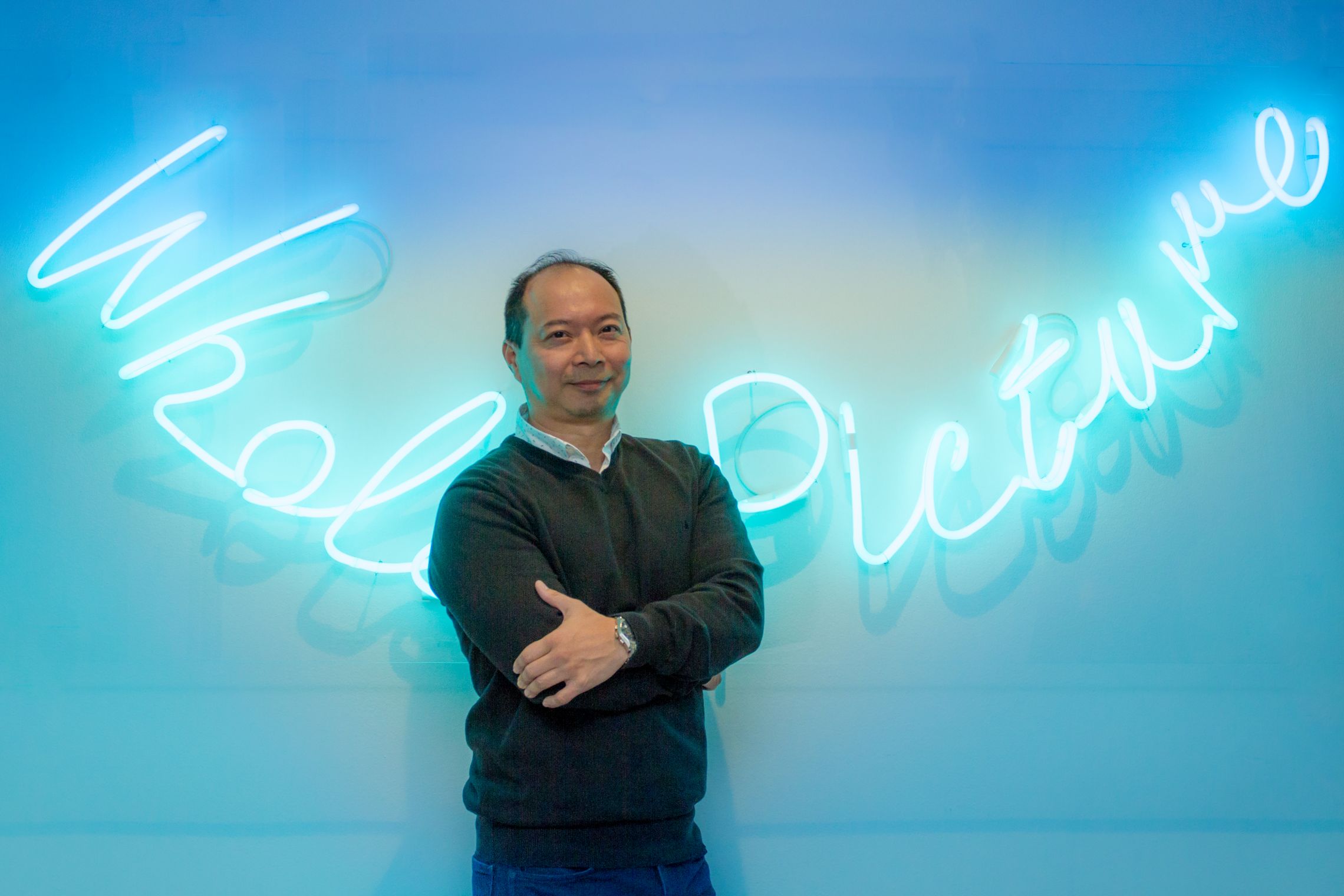

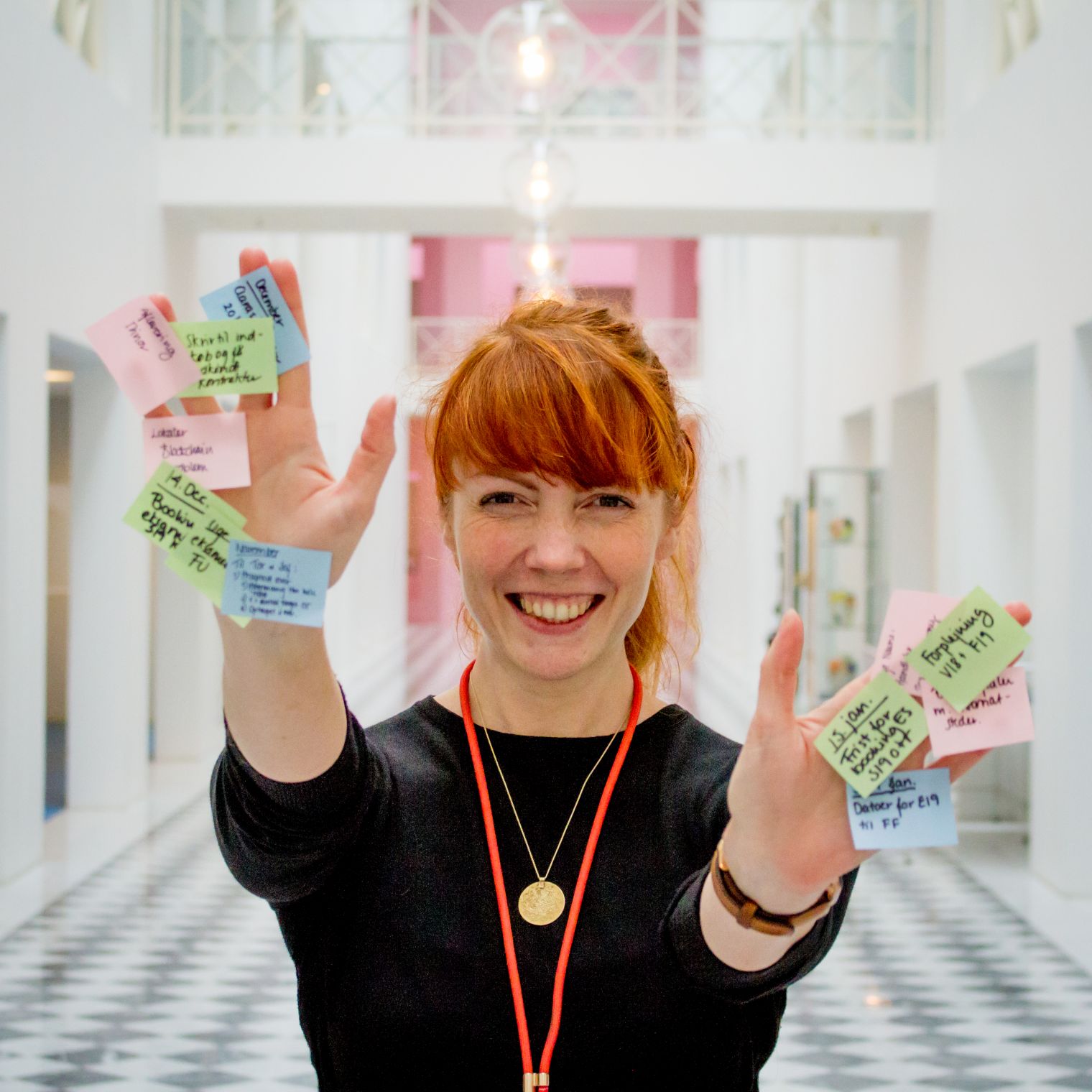
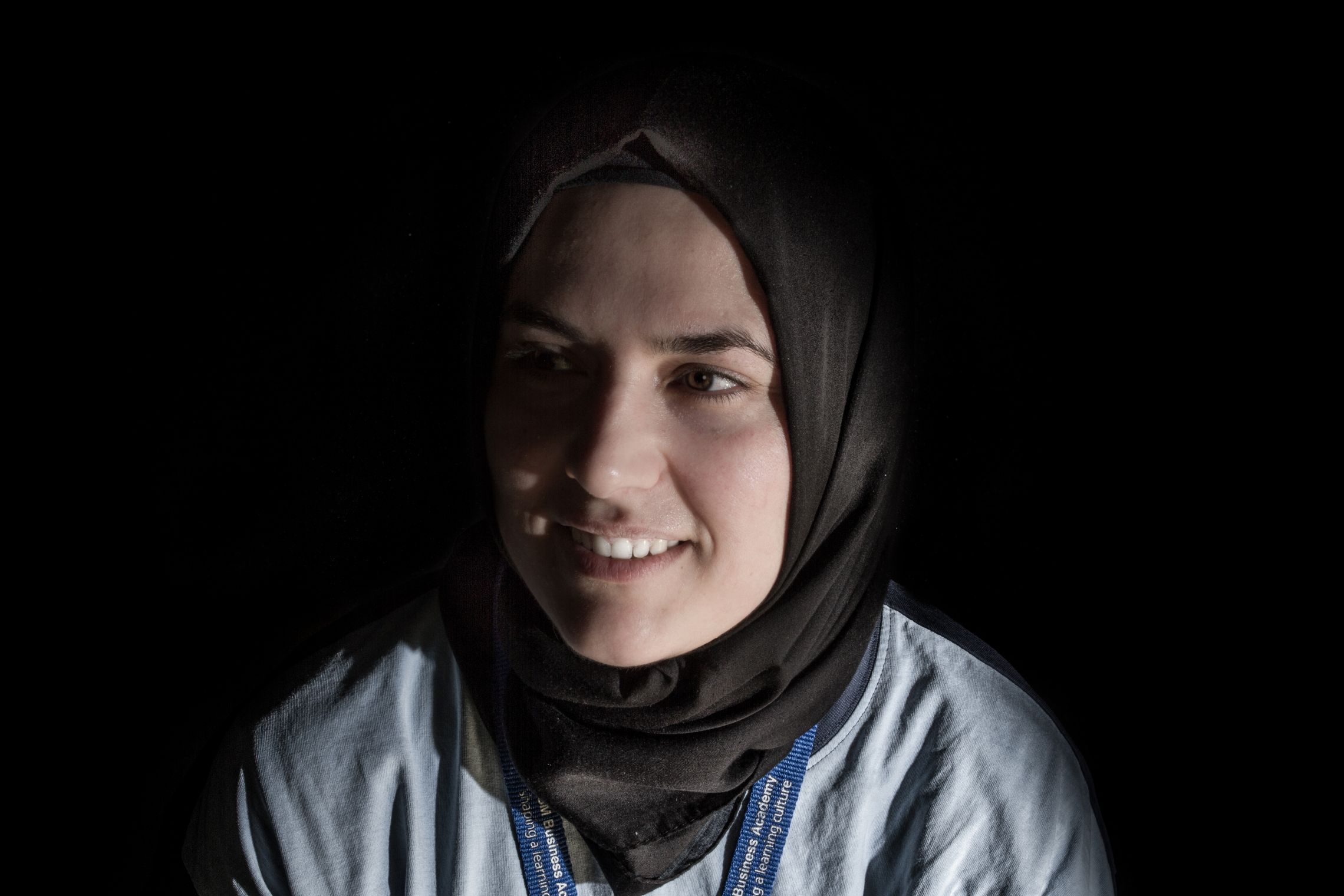



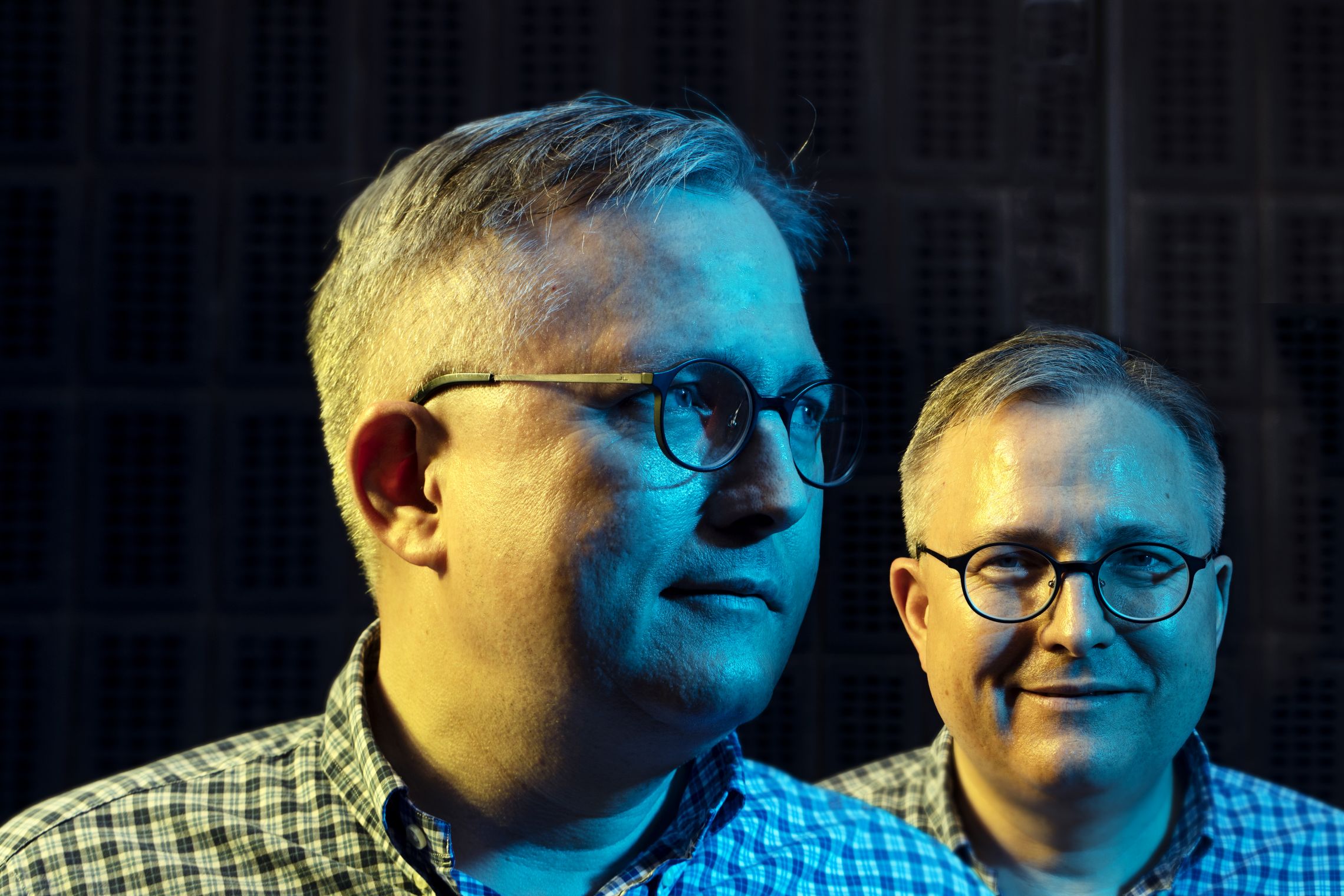


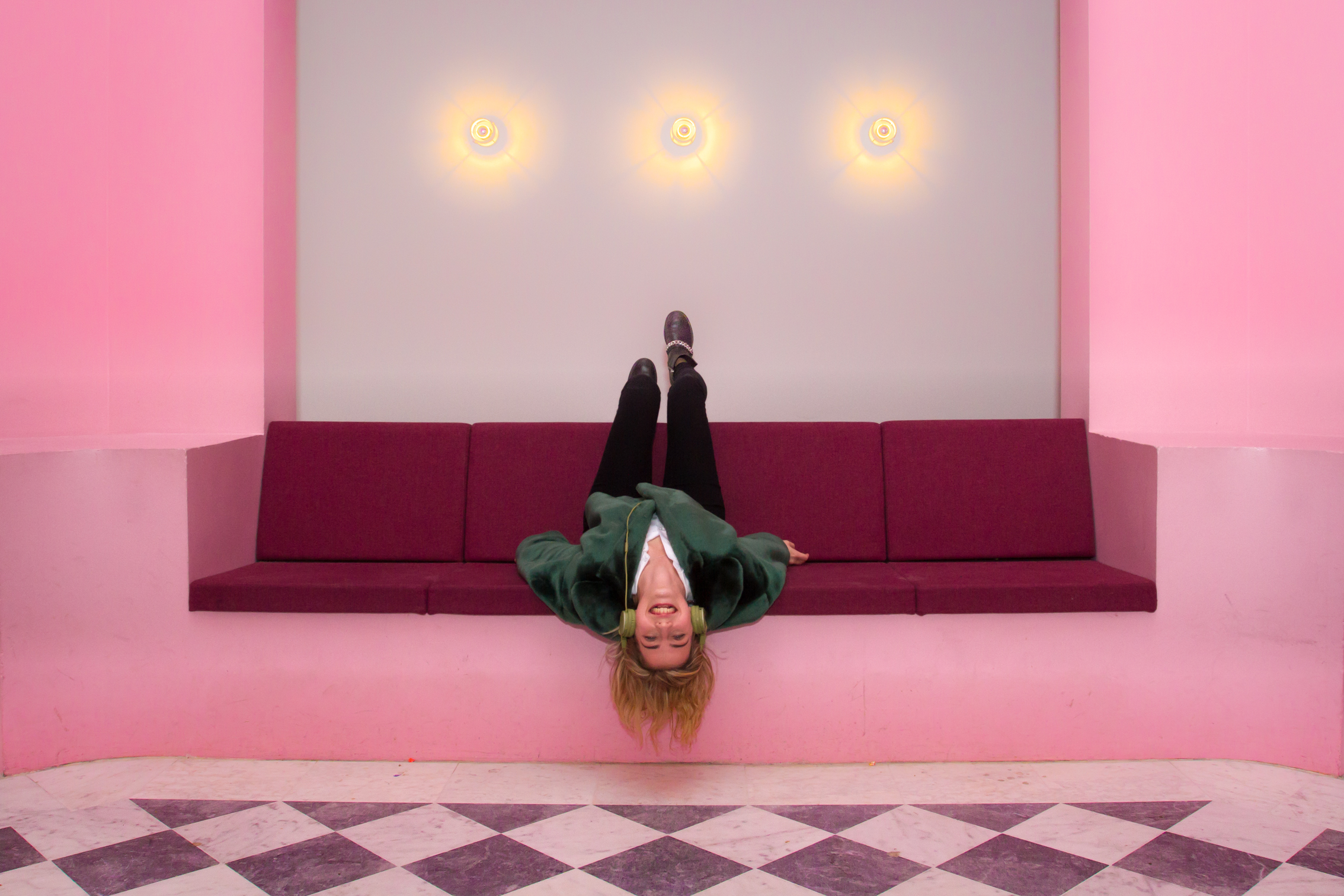
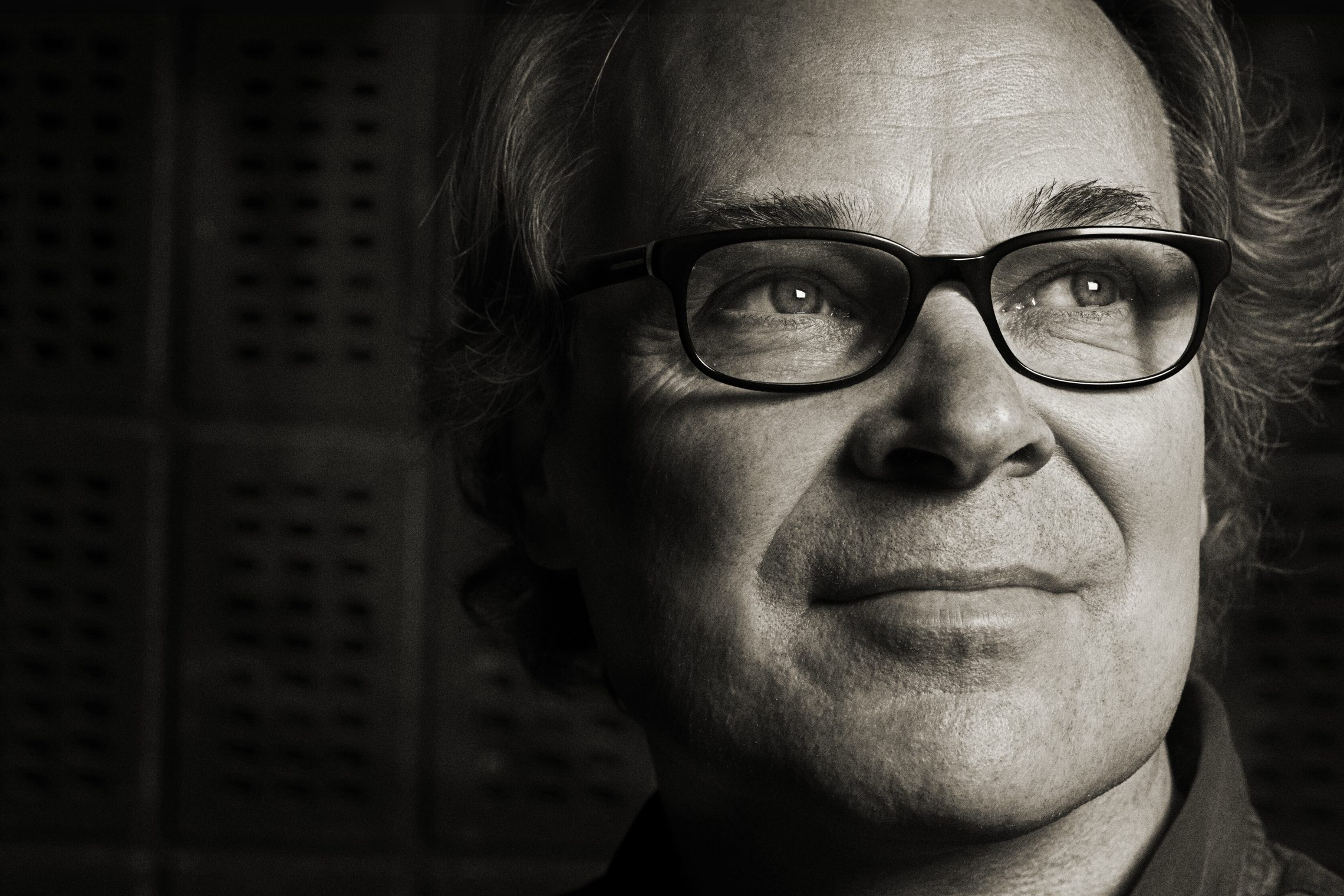

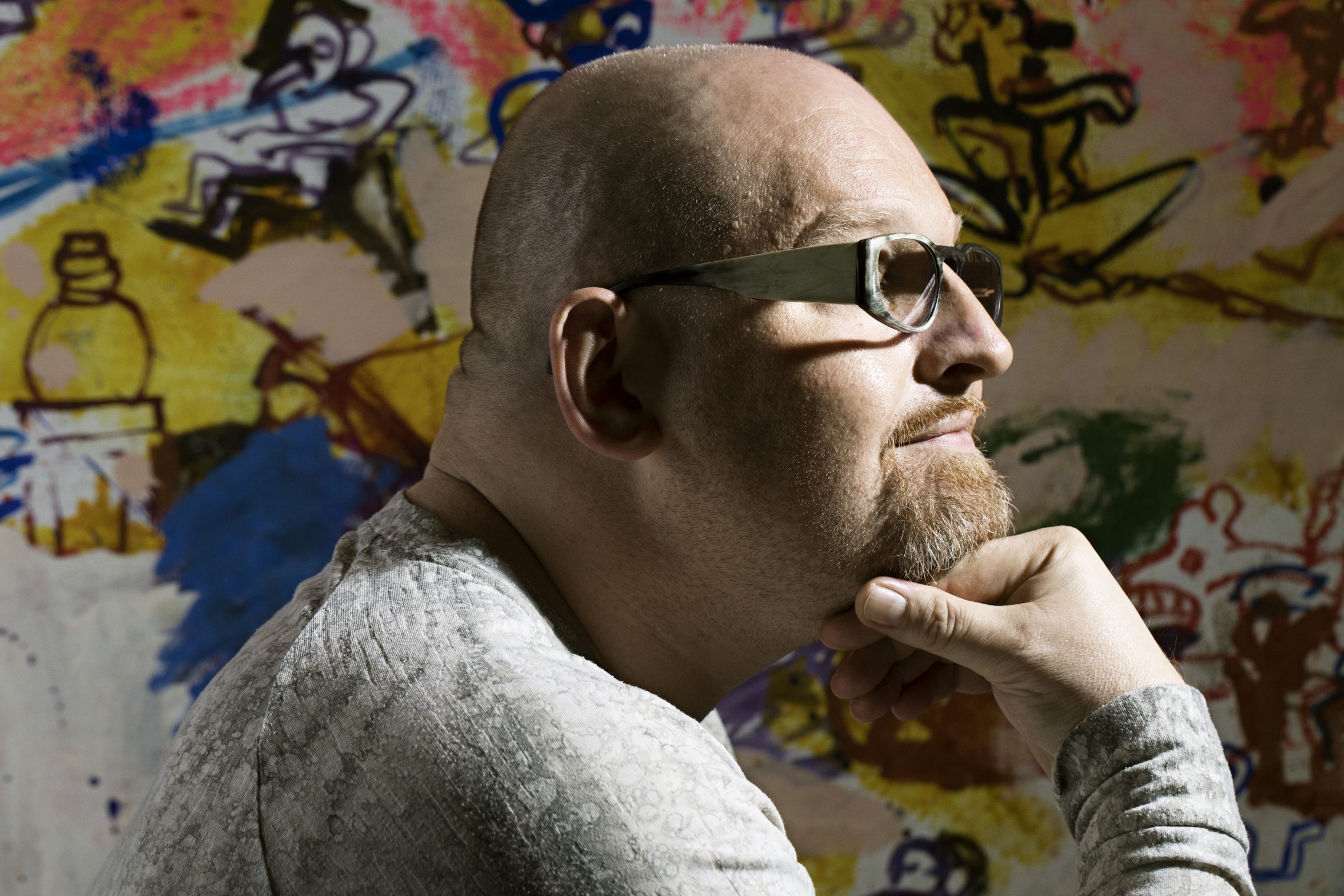
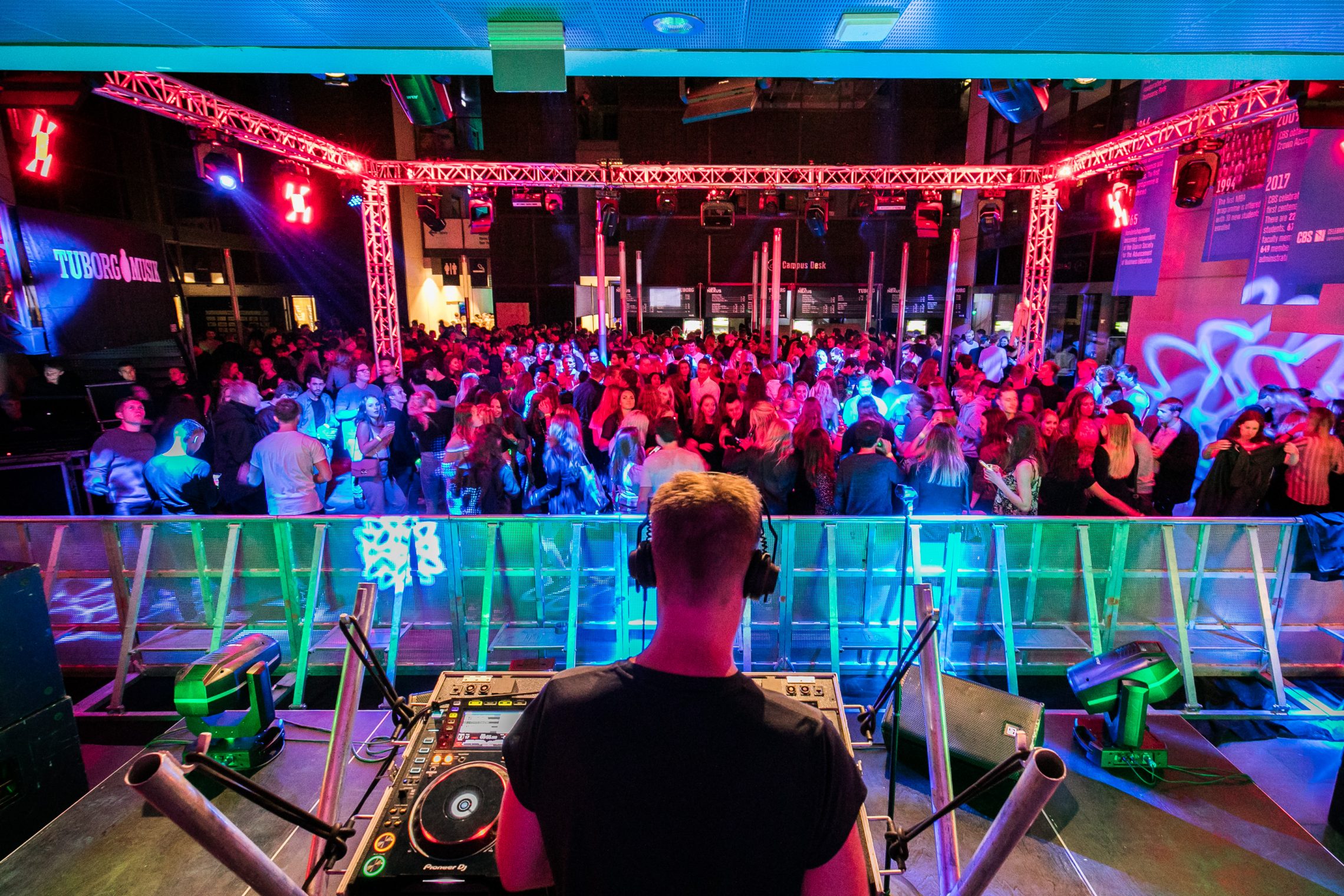



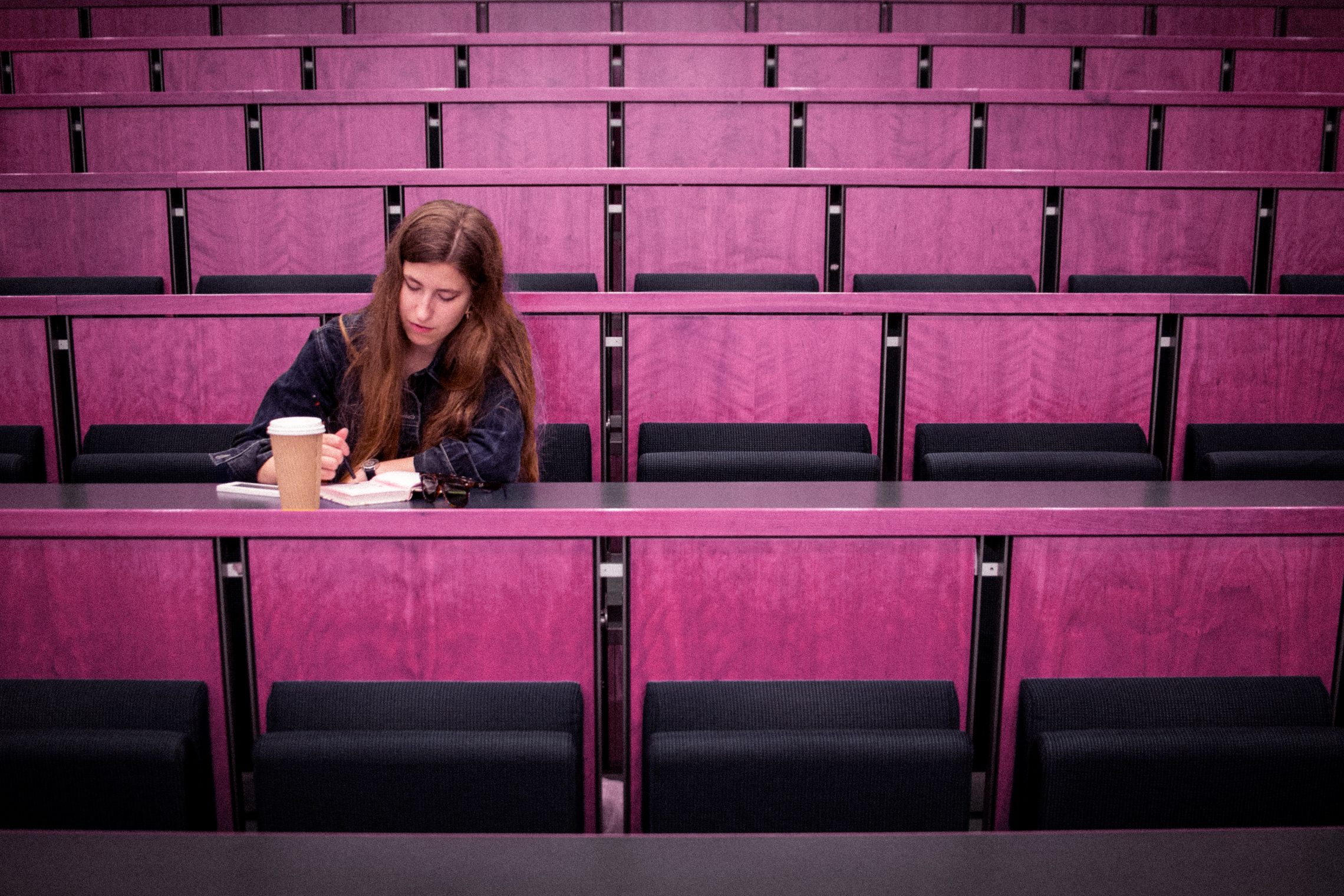
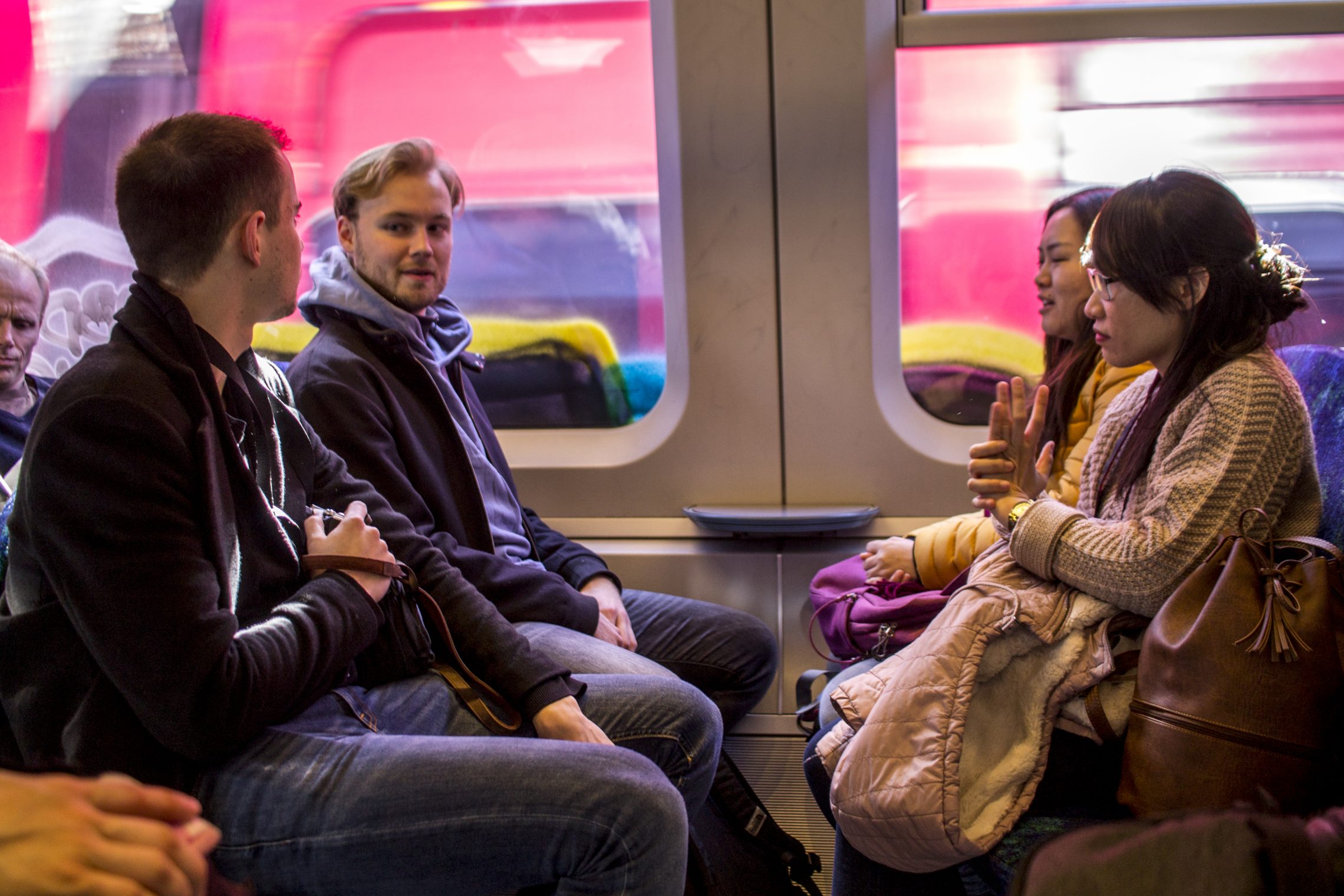

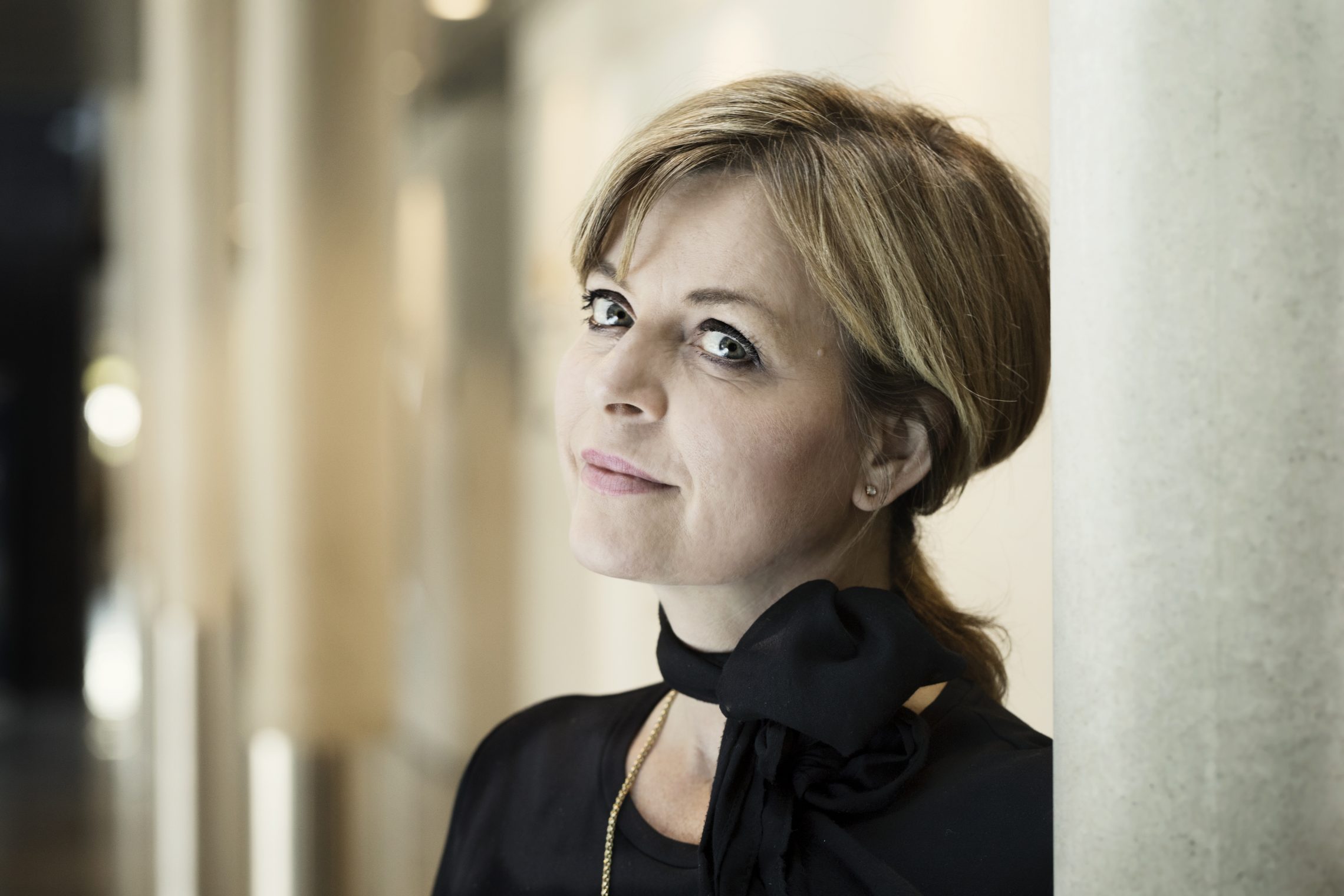
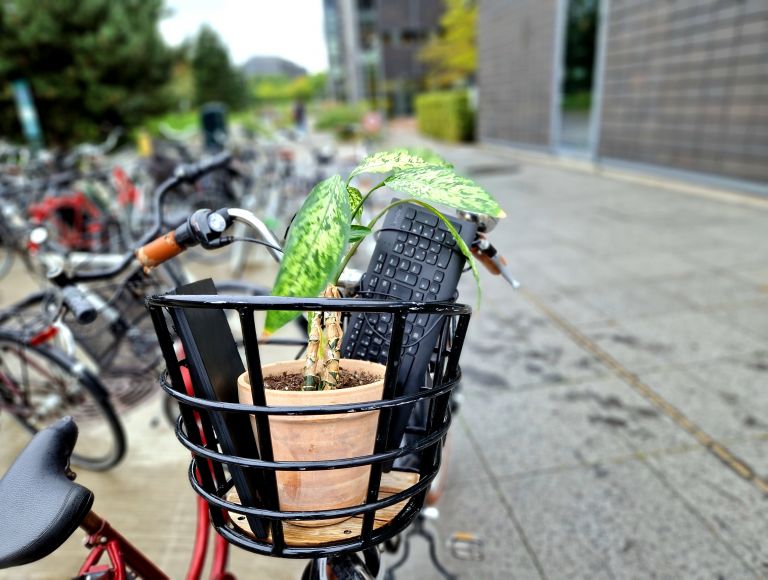
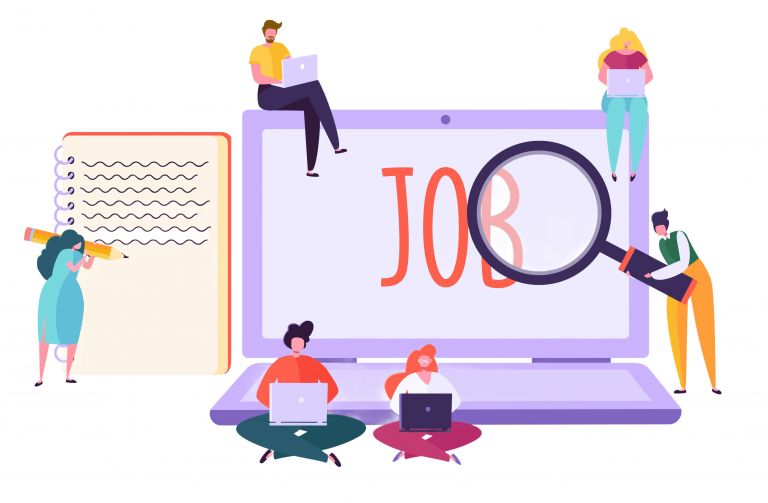
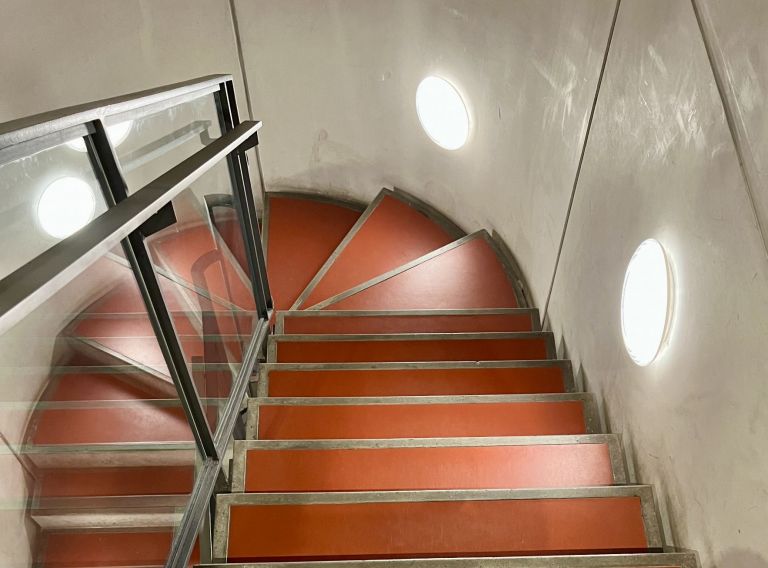

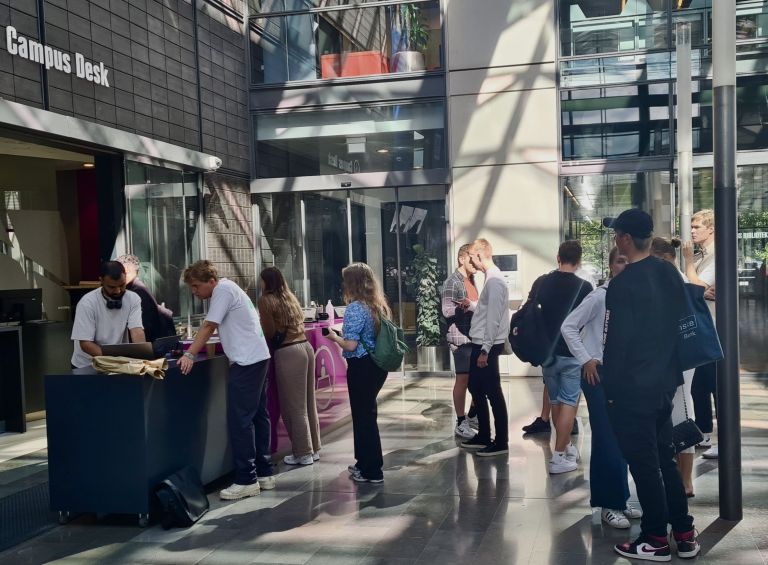




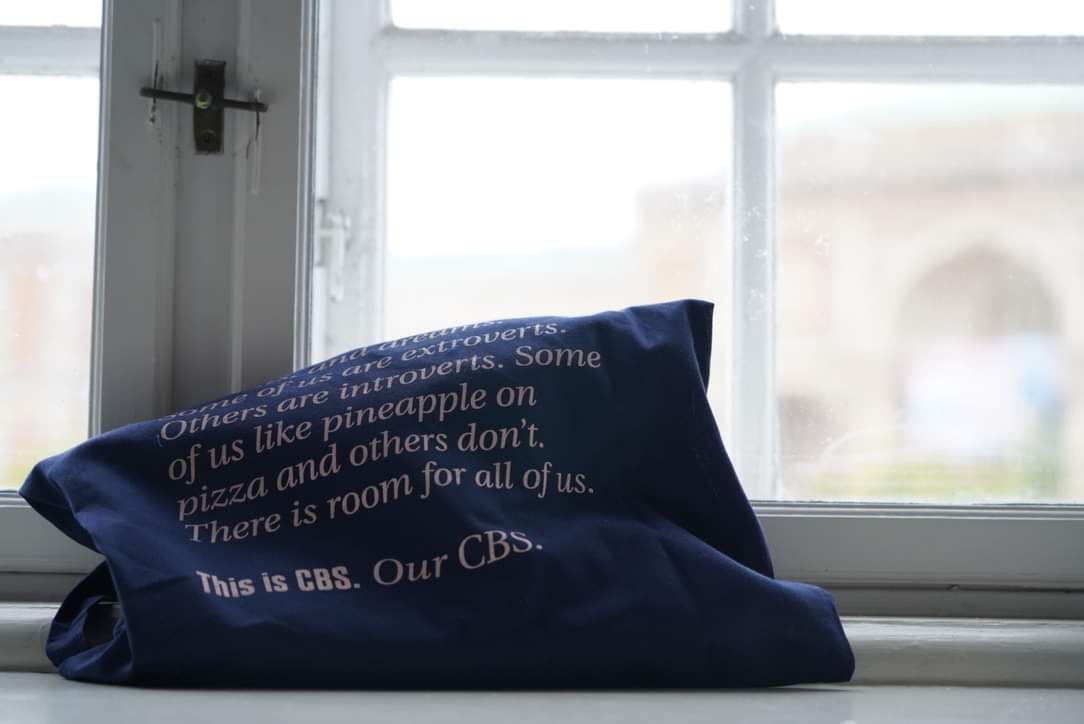

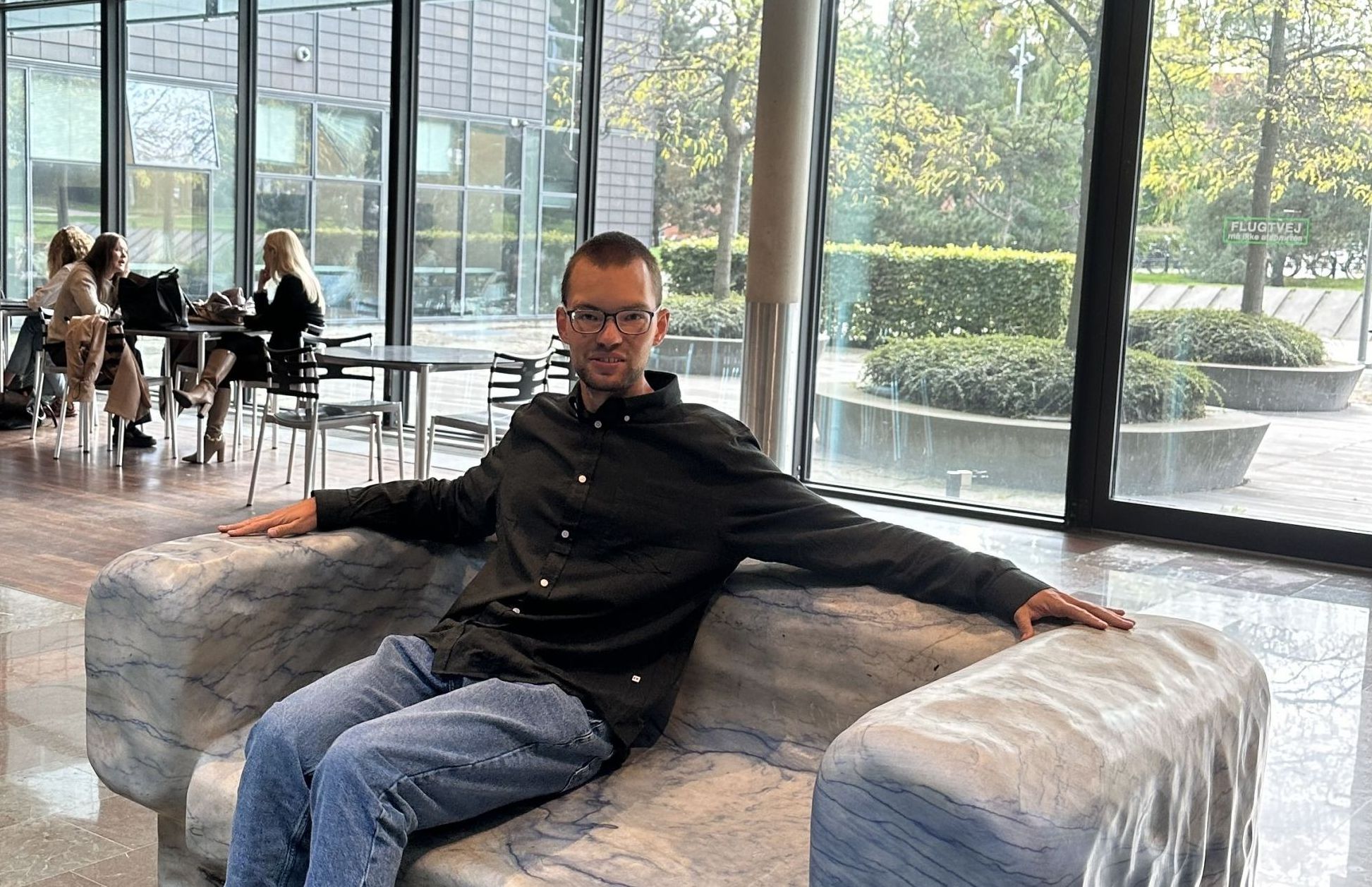
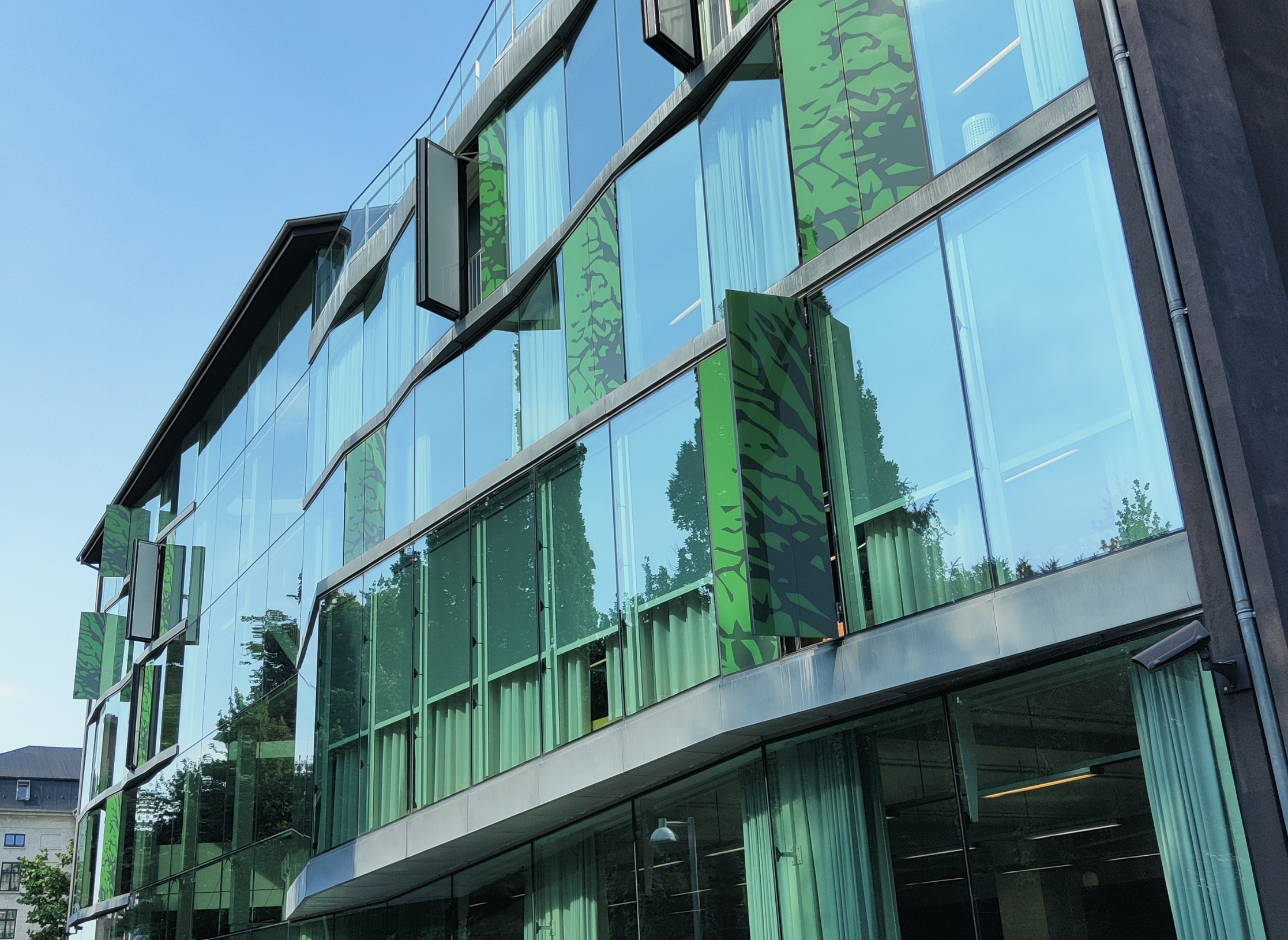









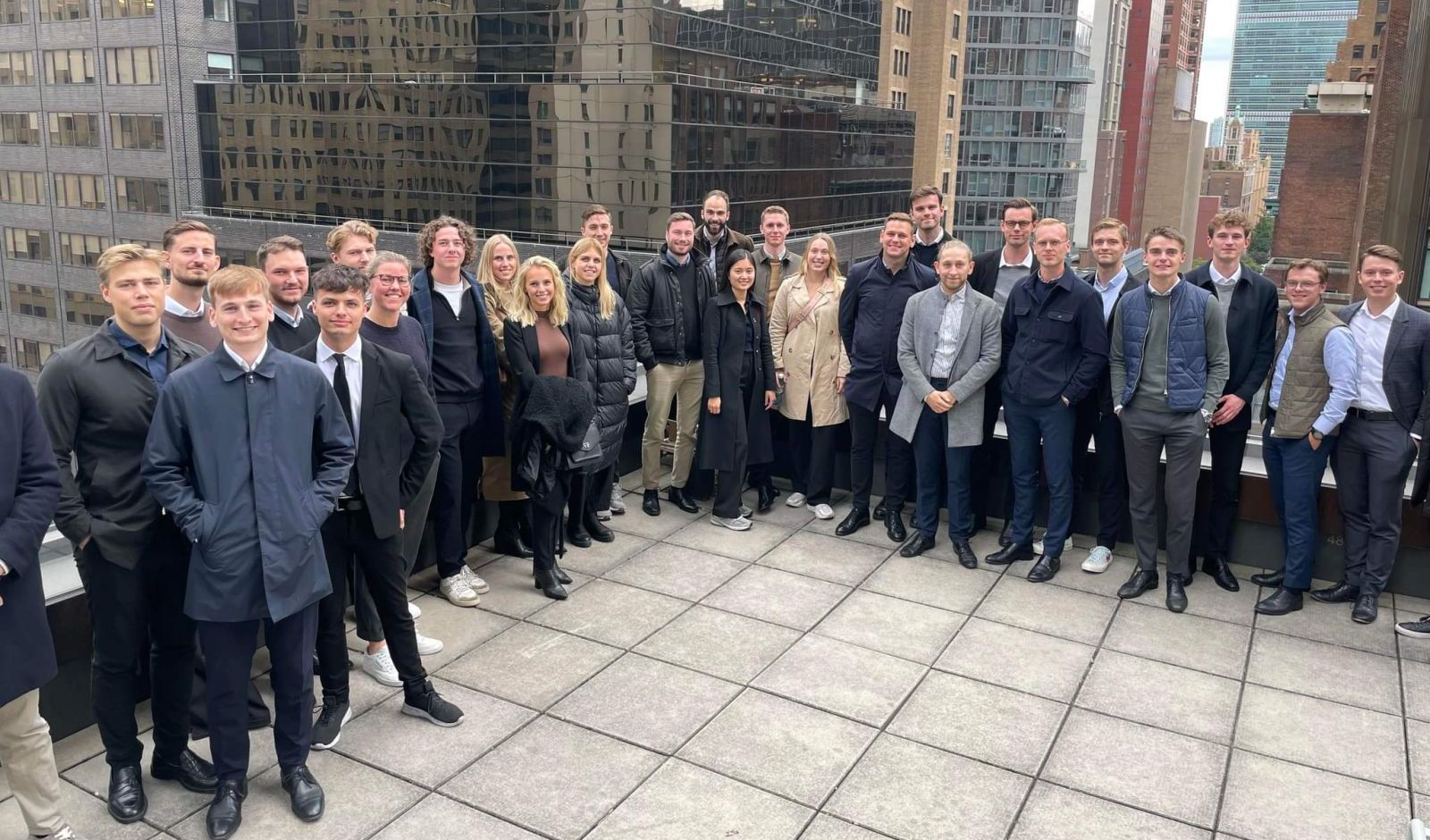










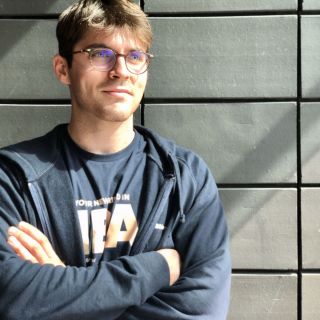
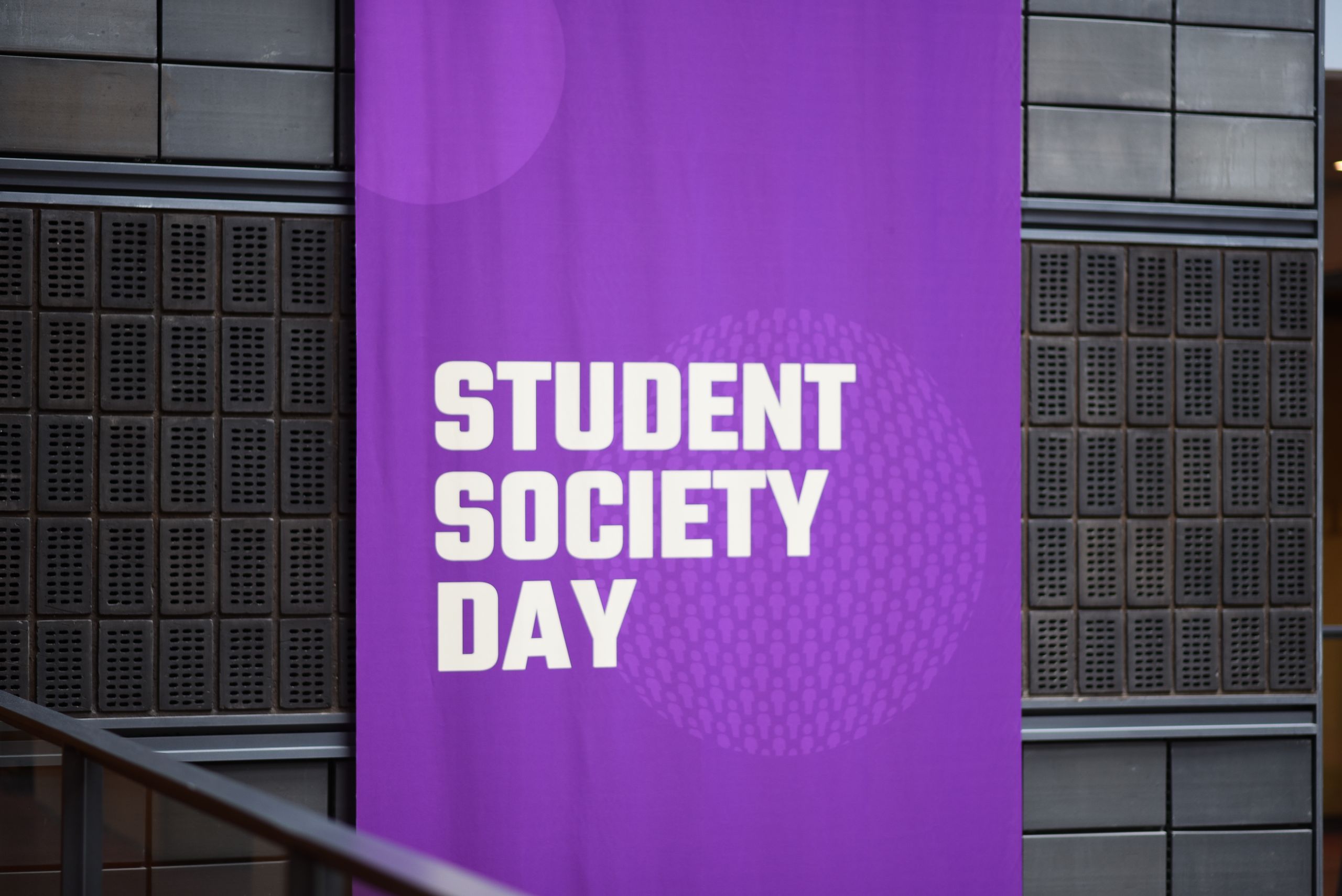

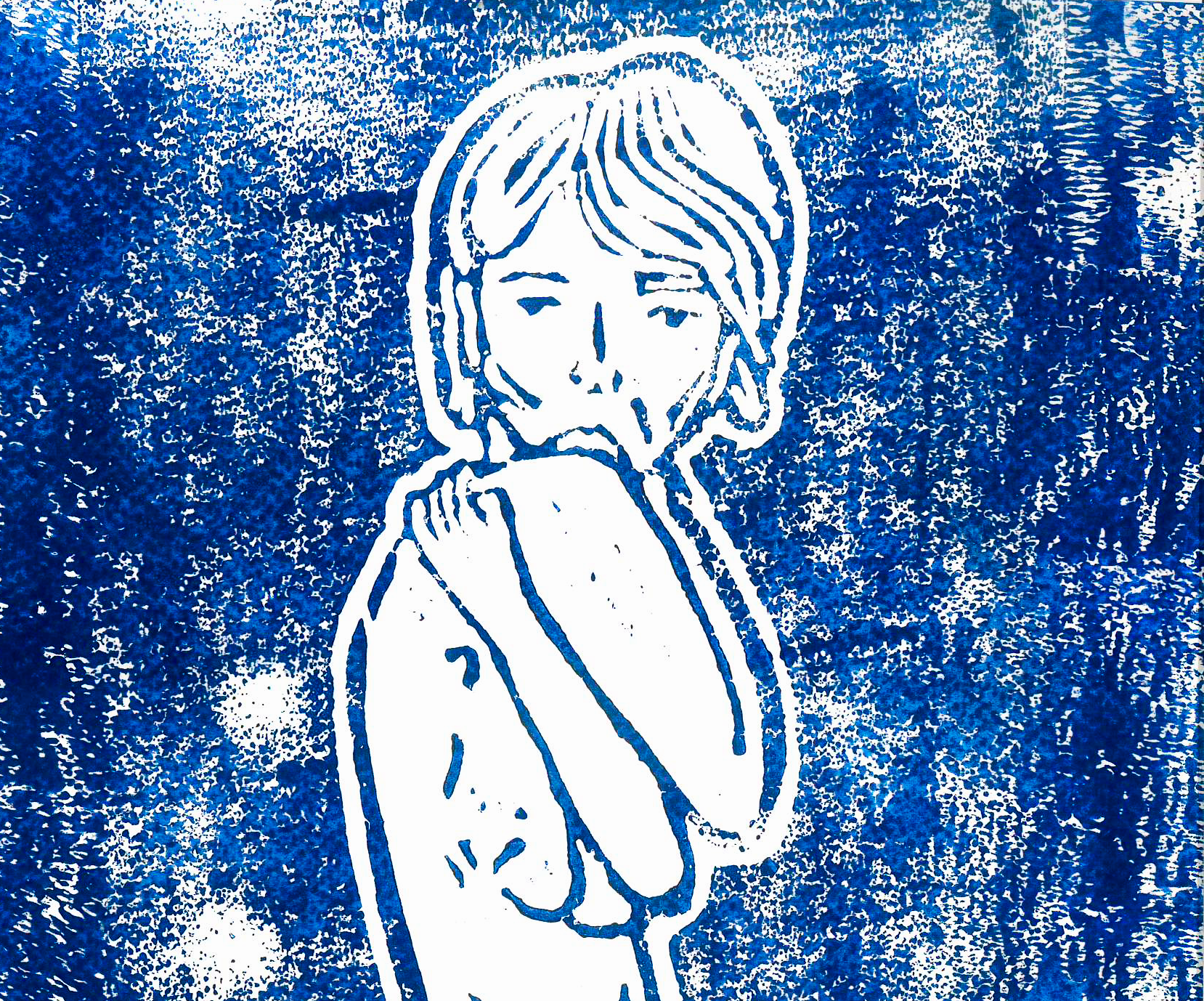

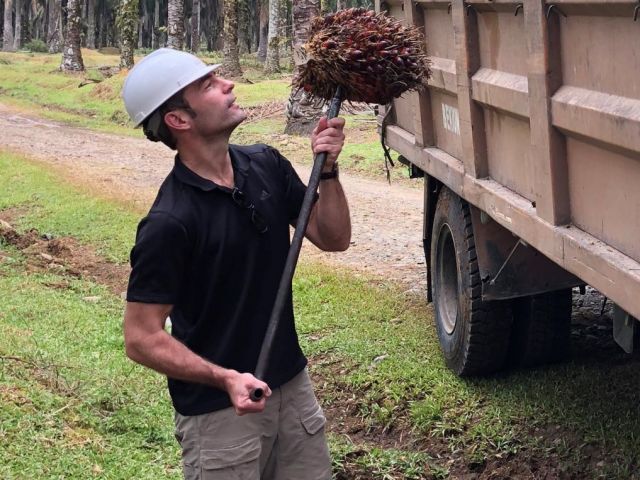



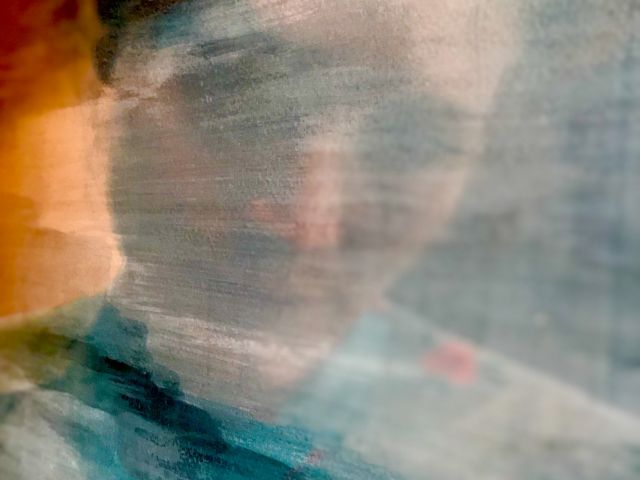

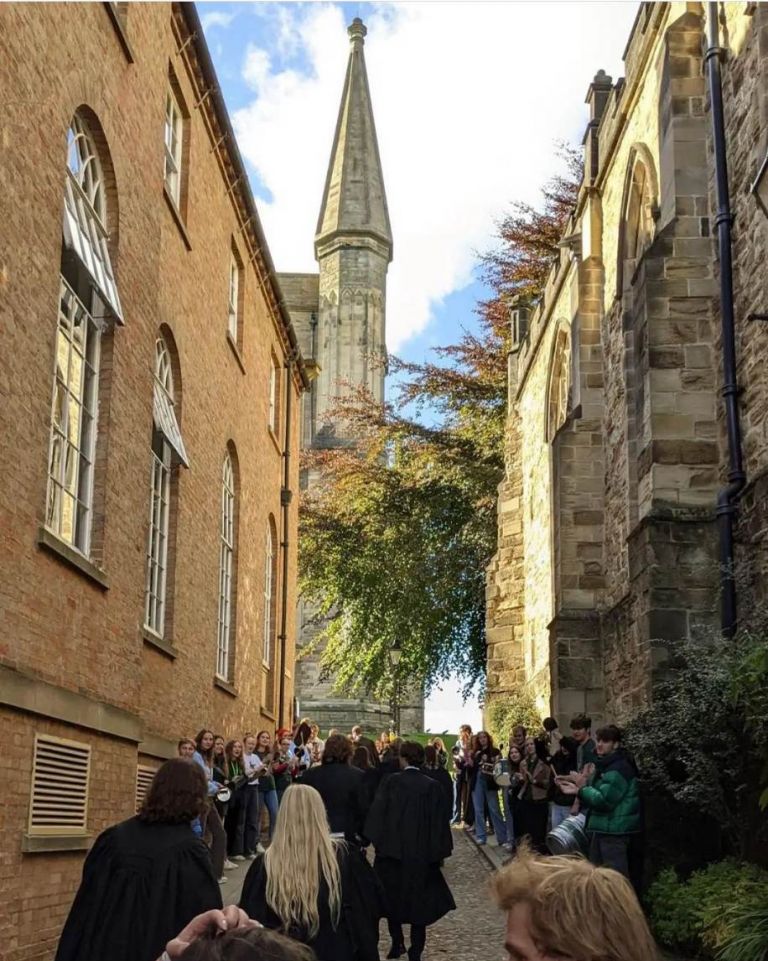







Comments